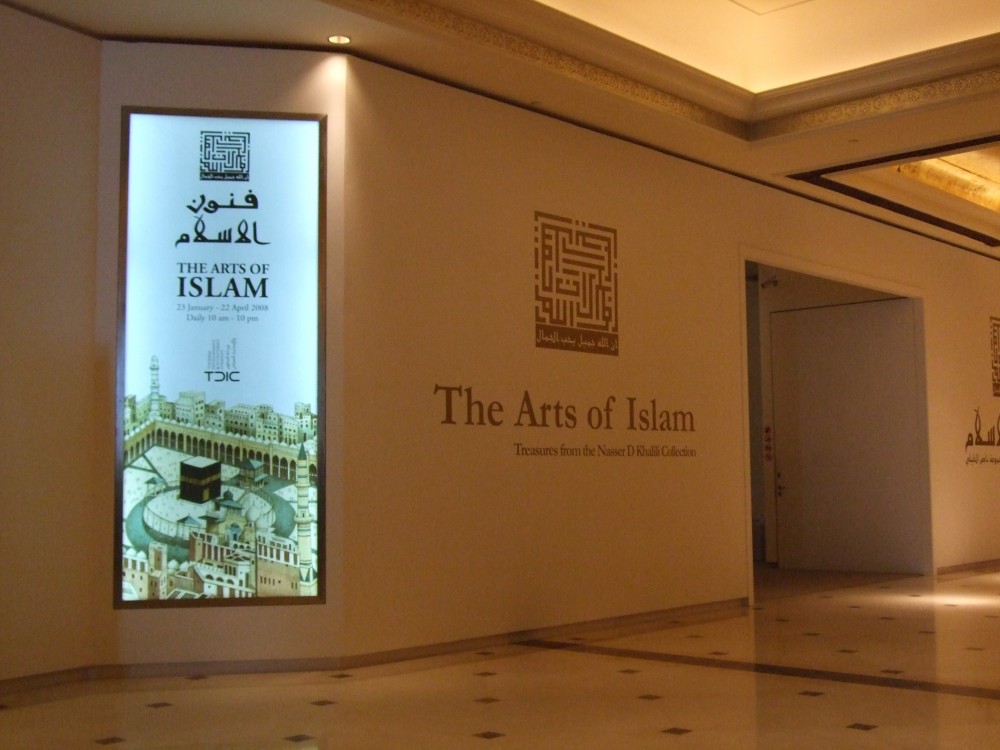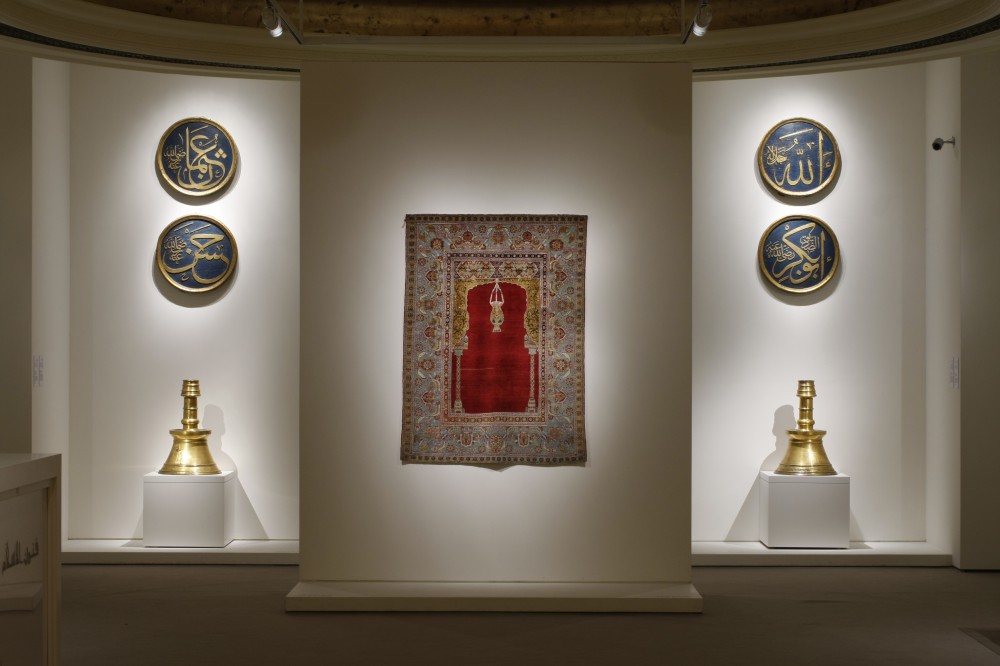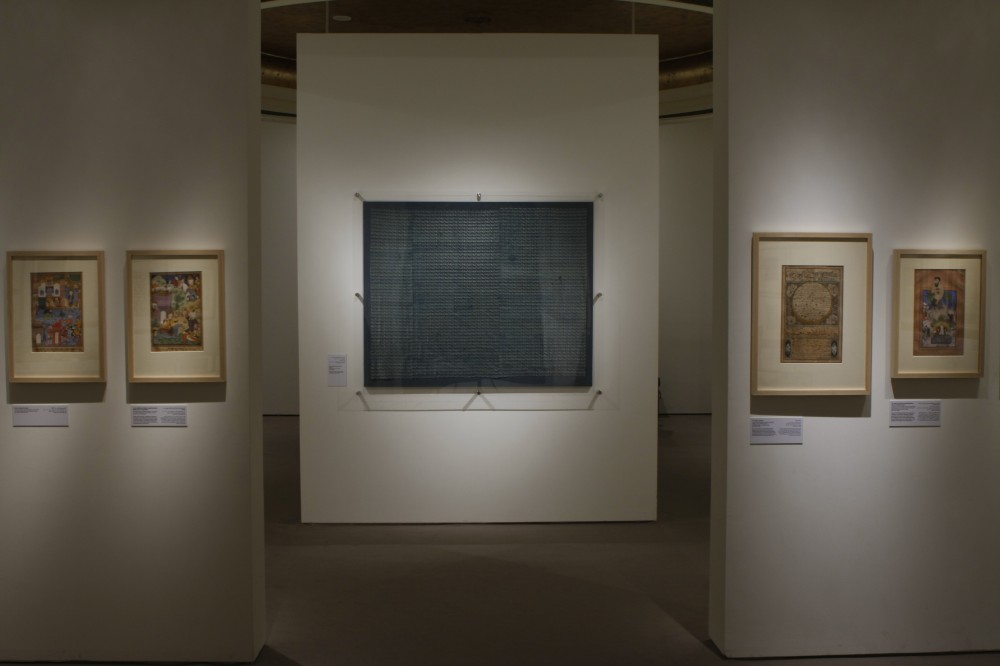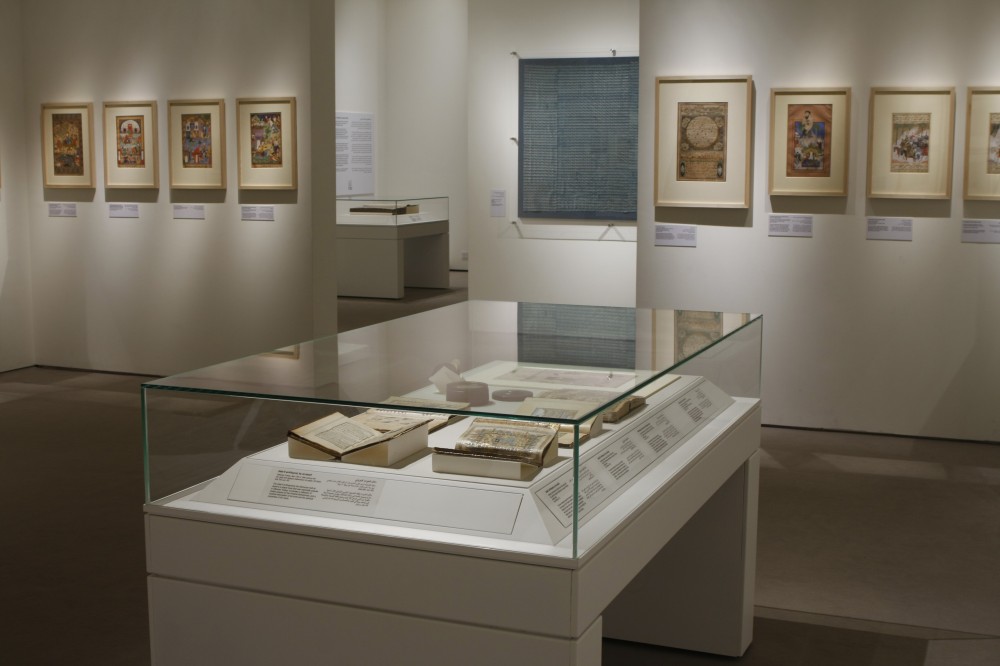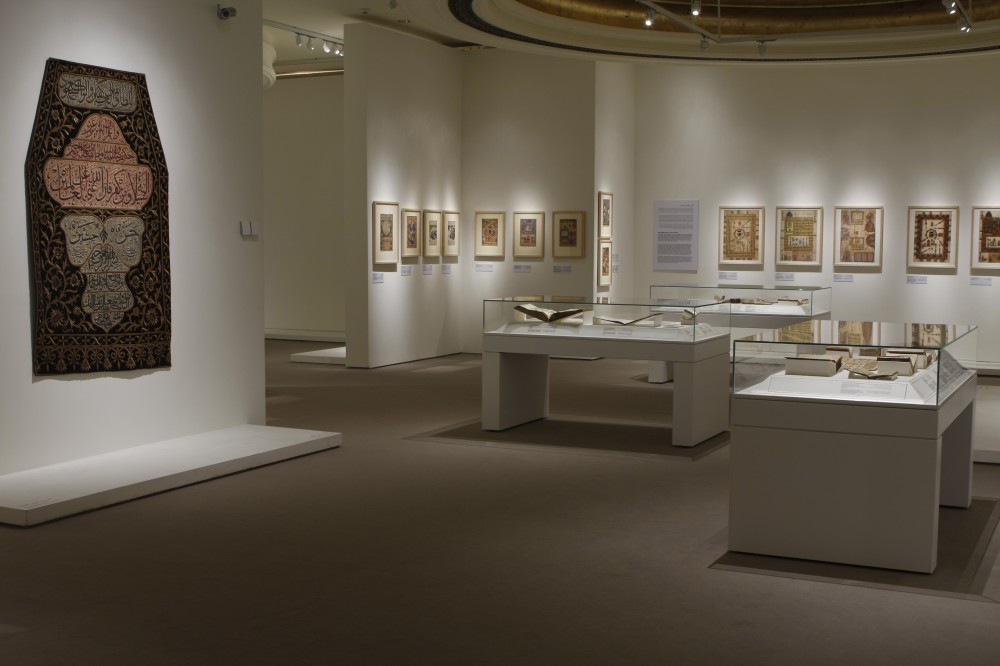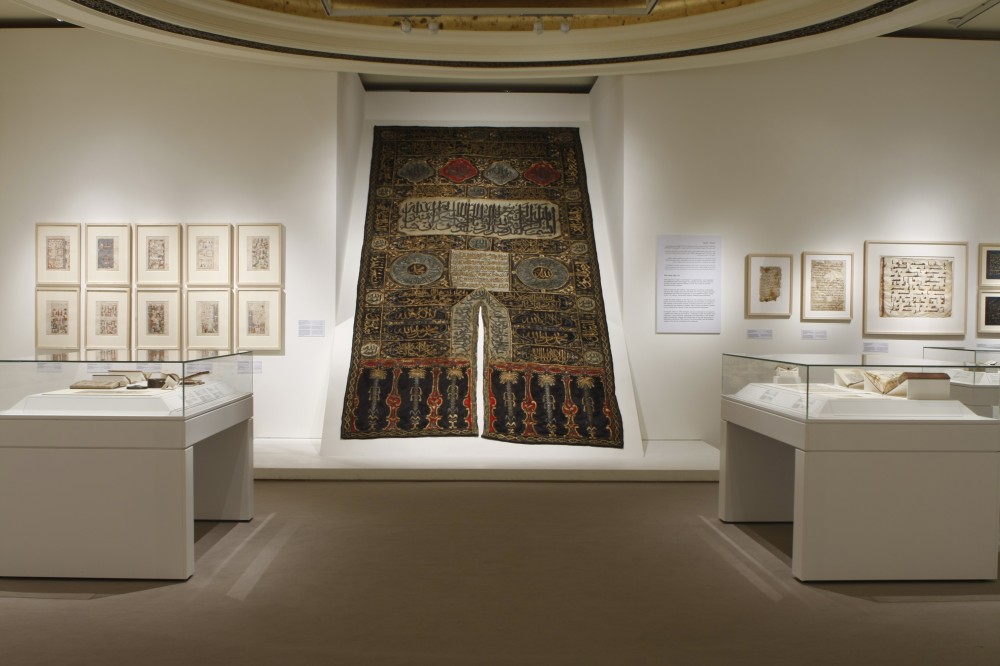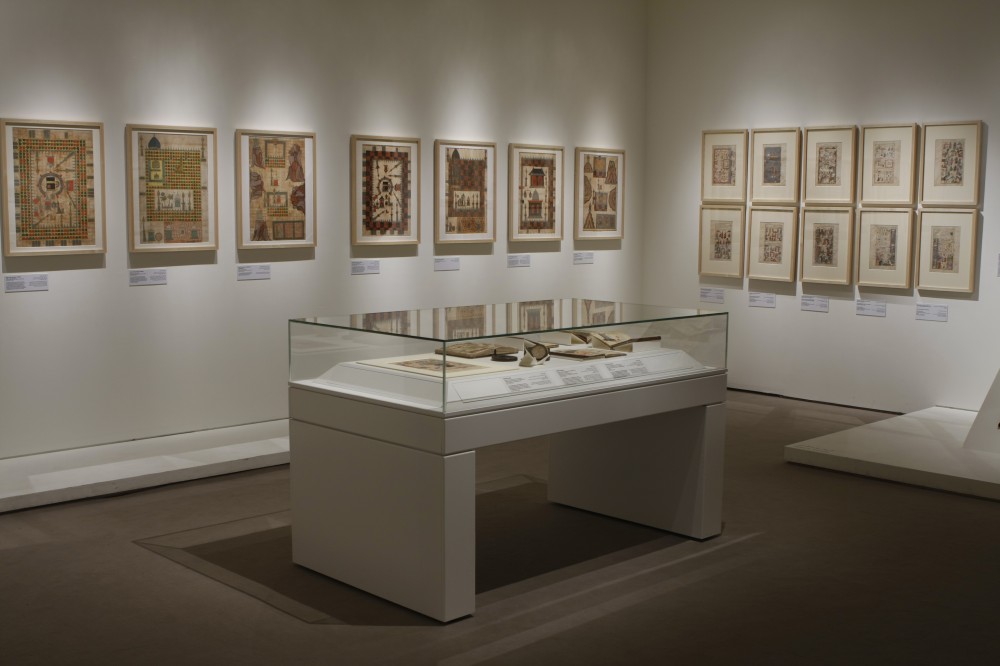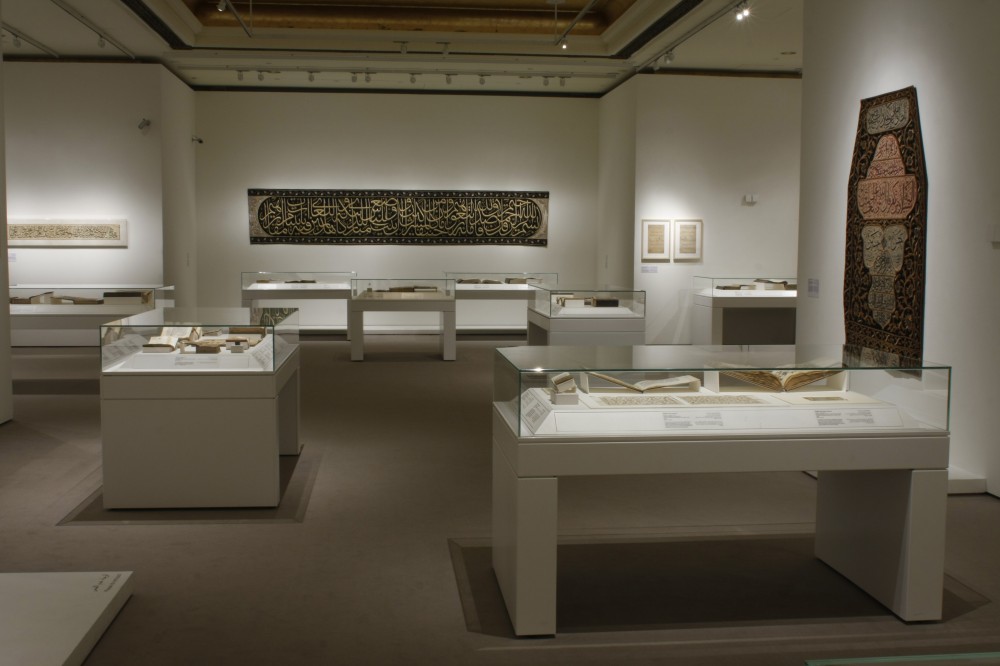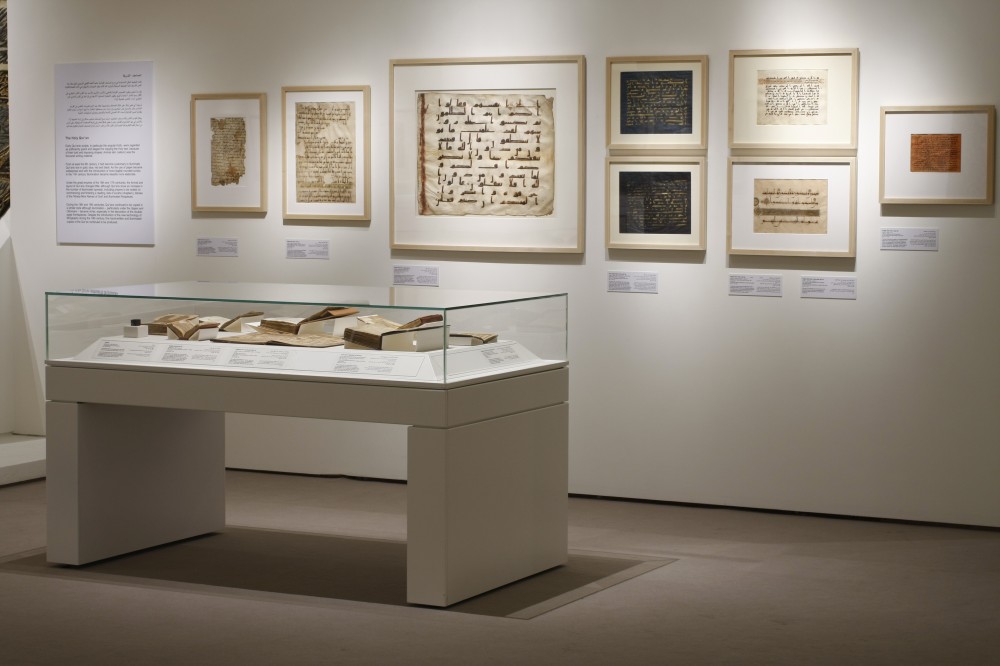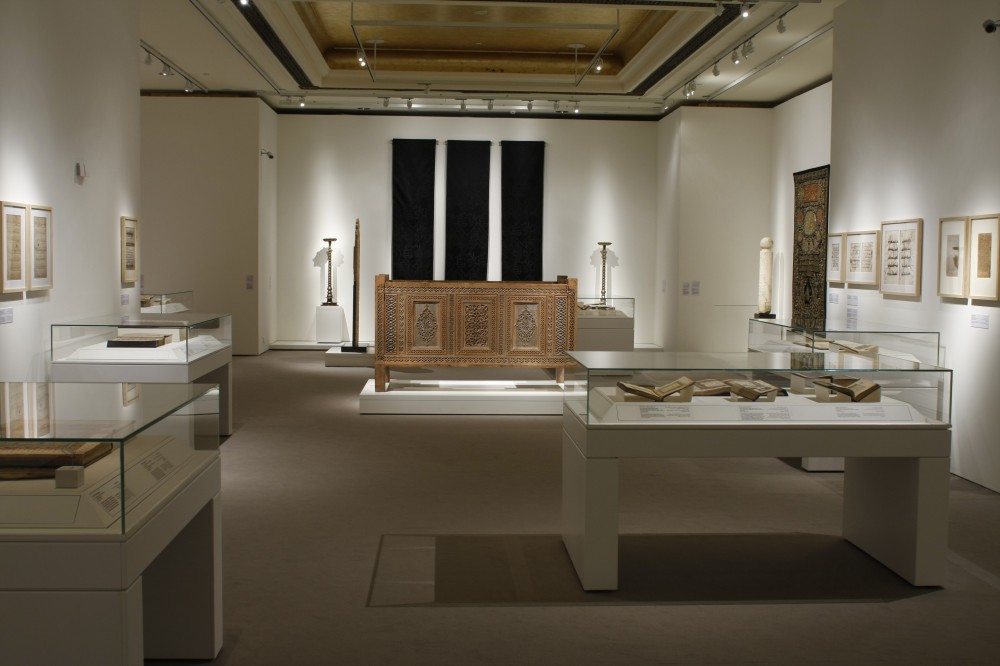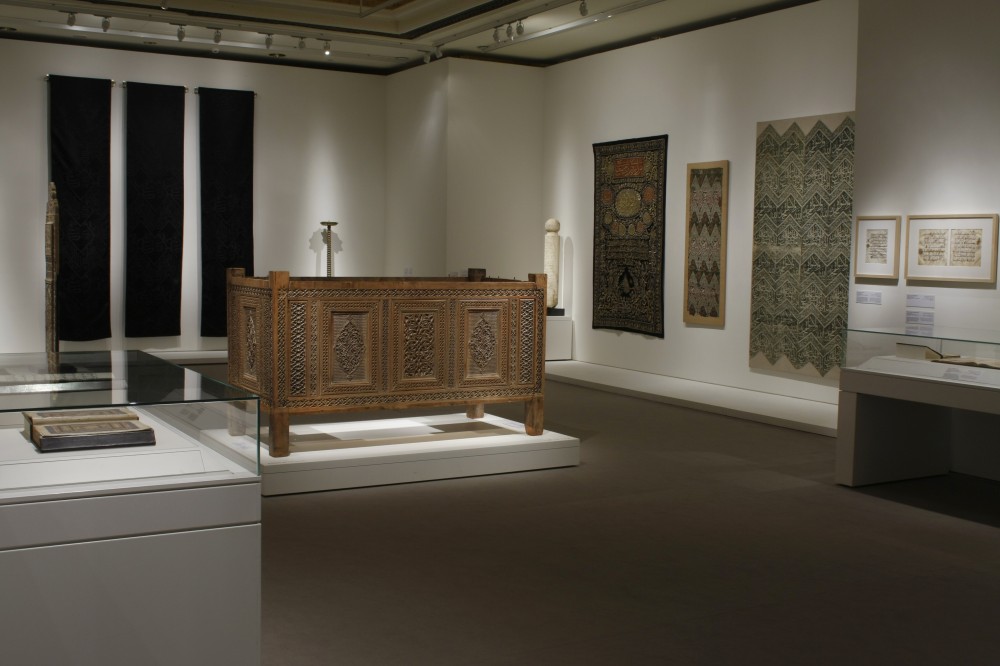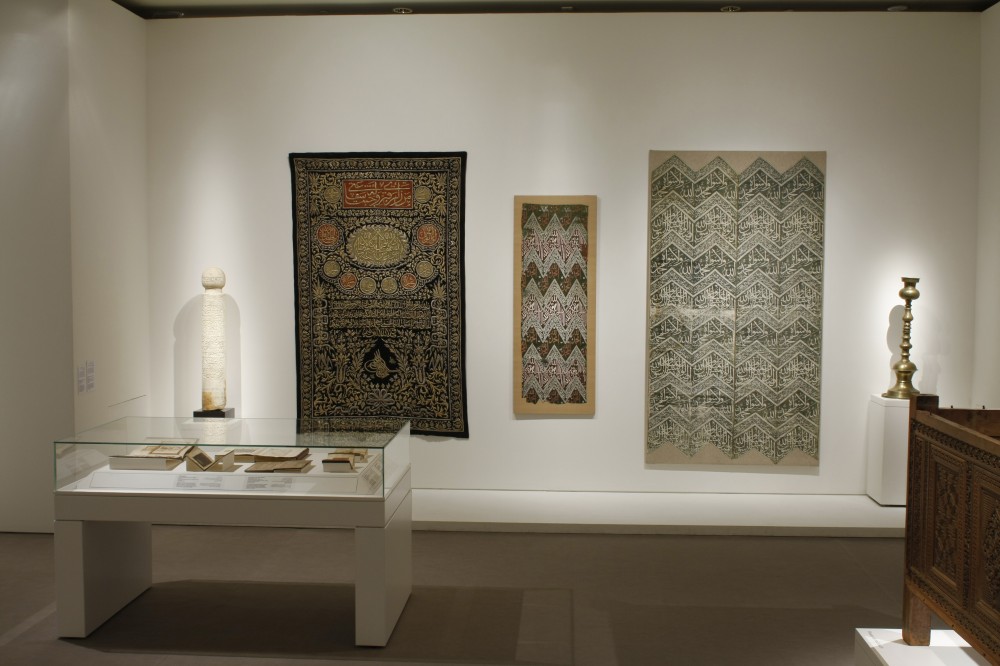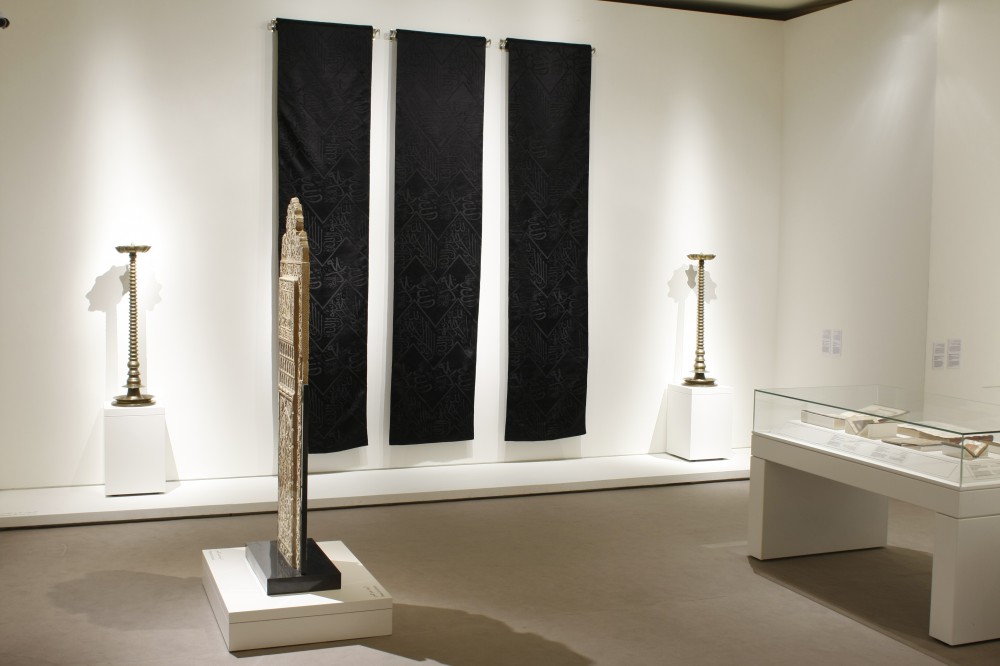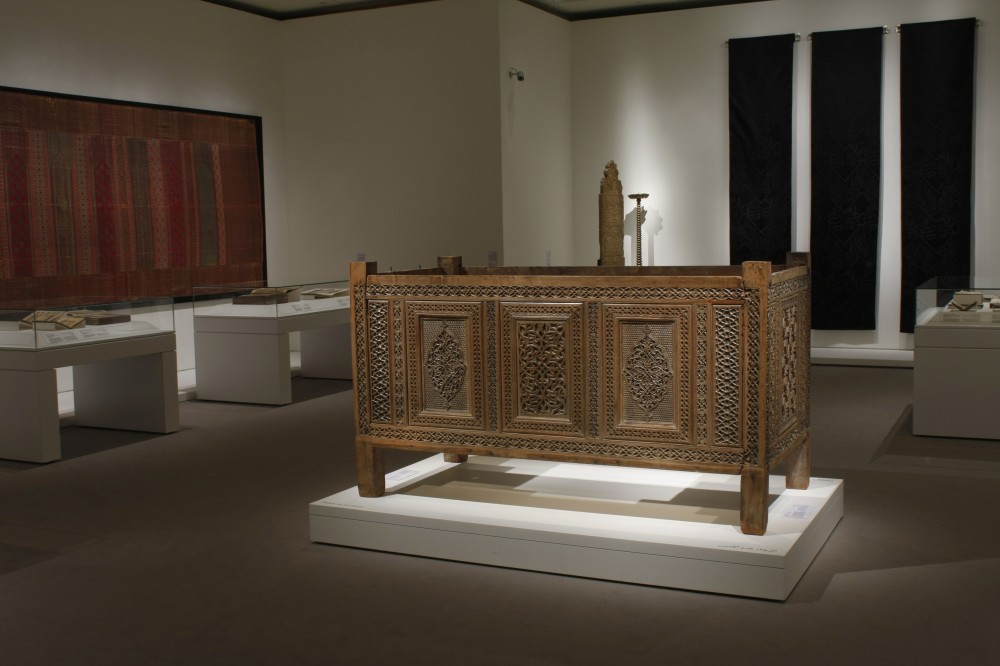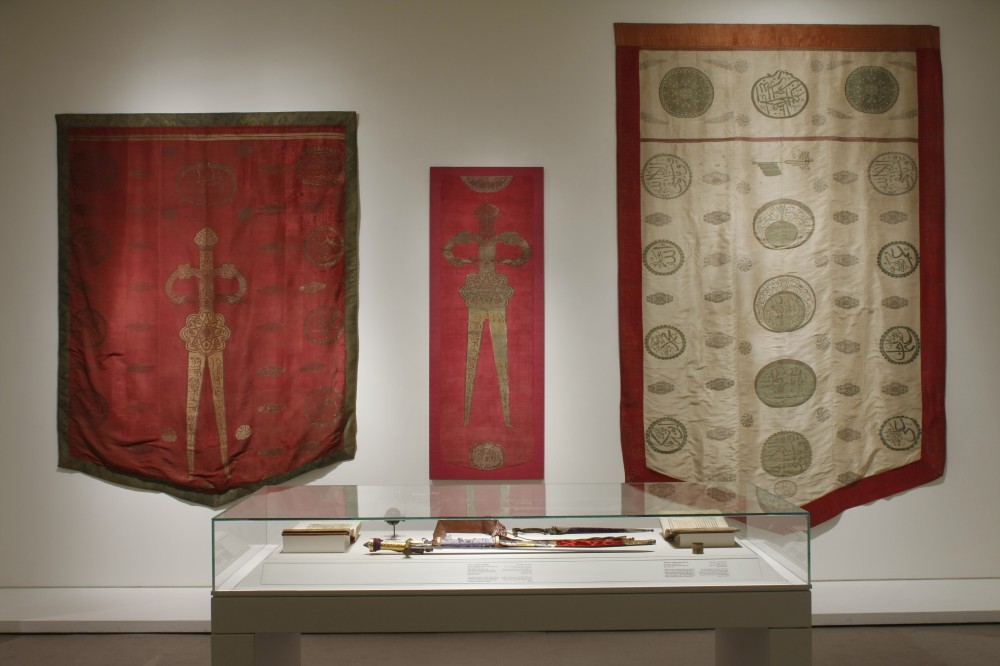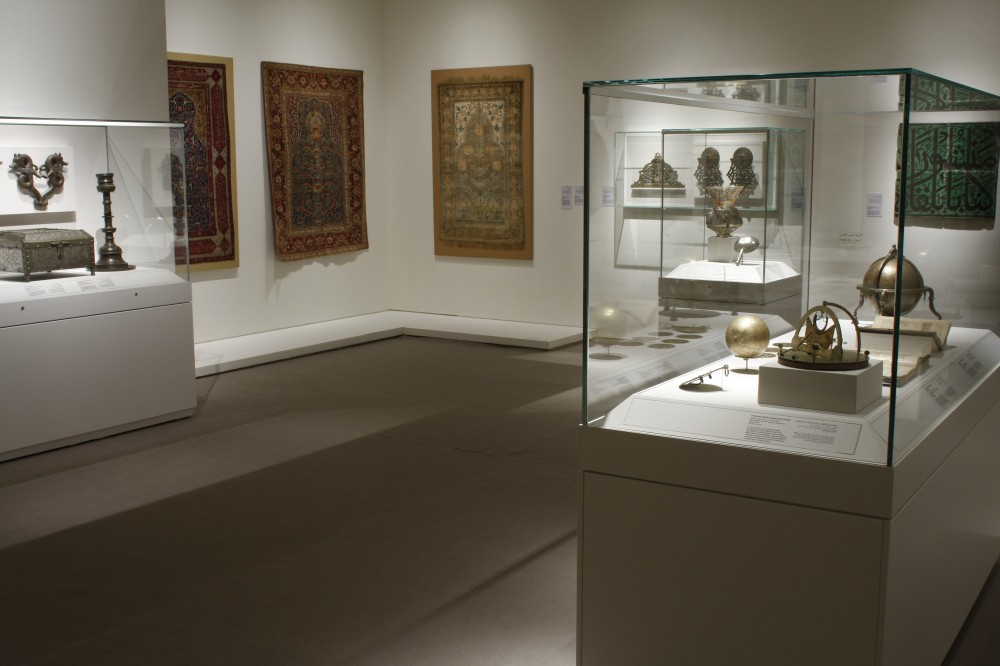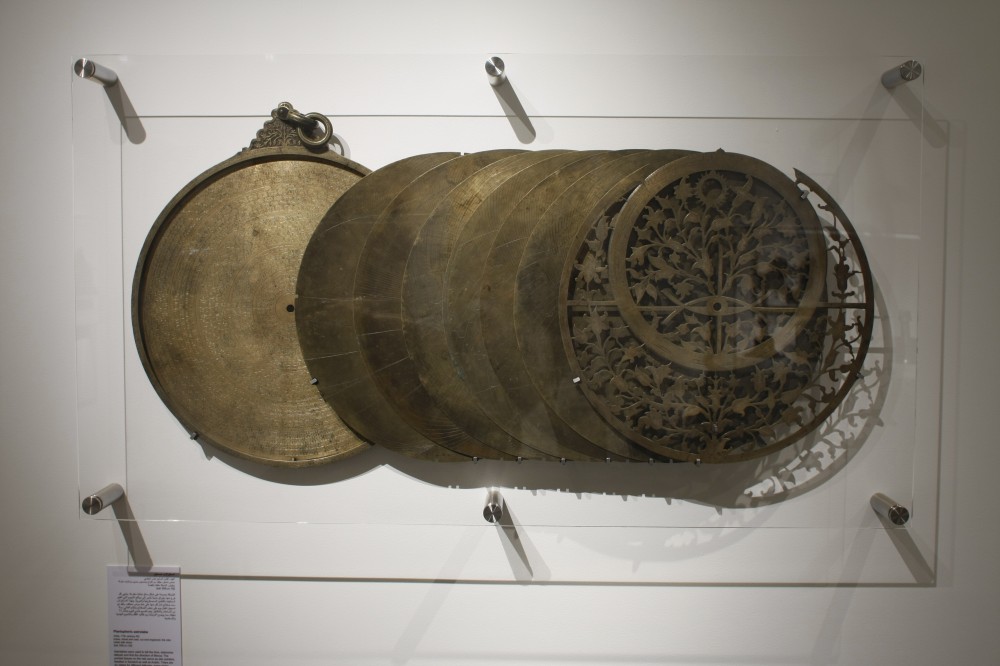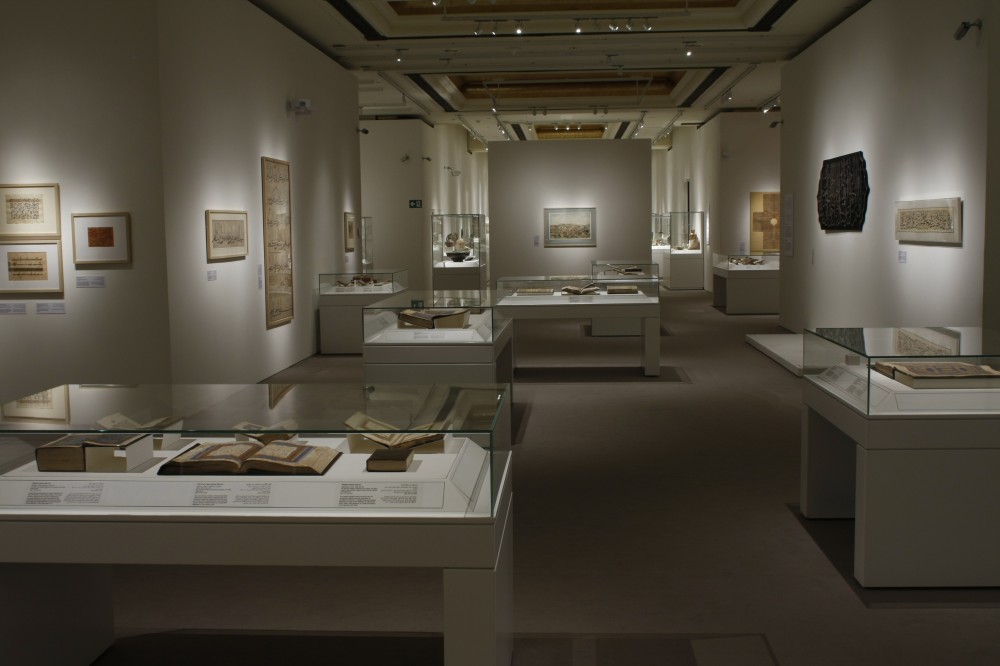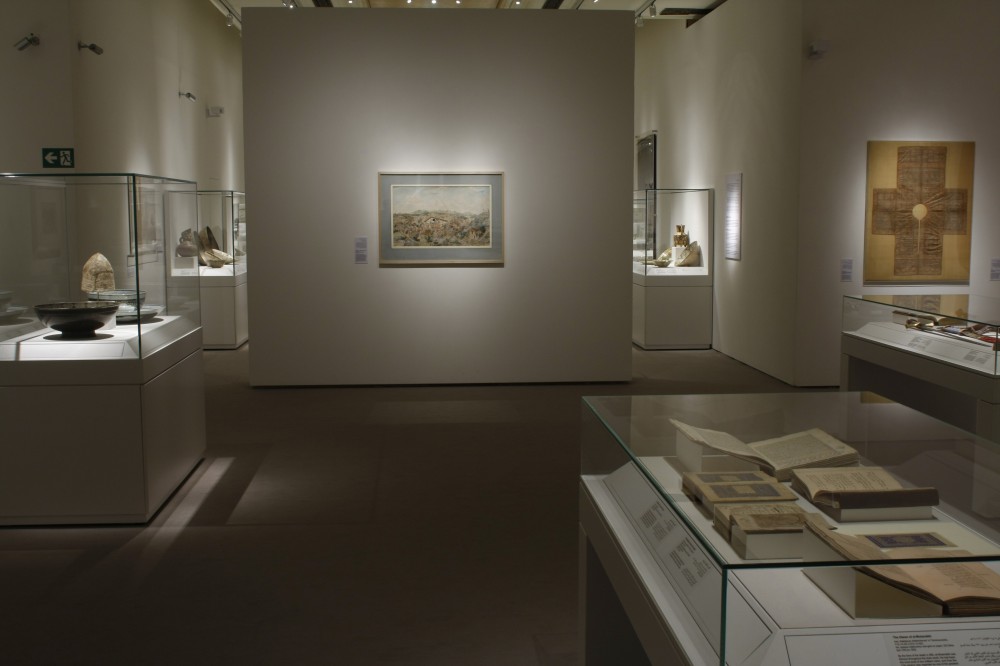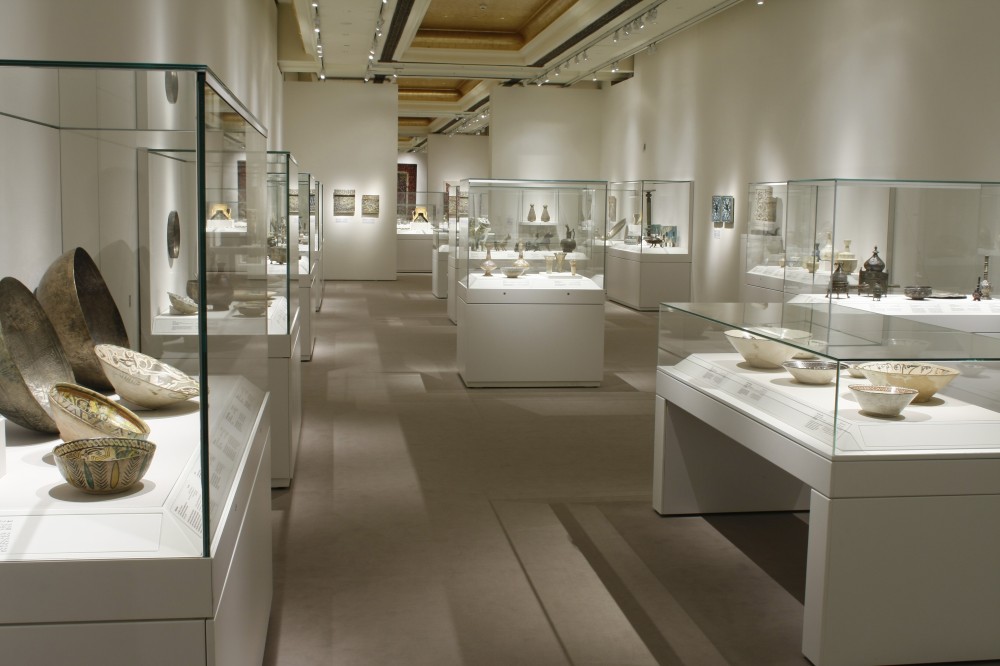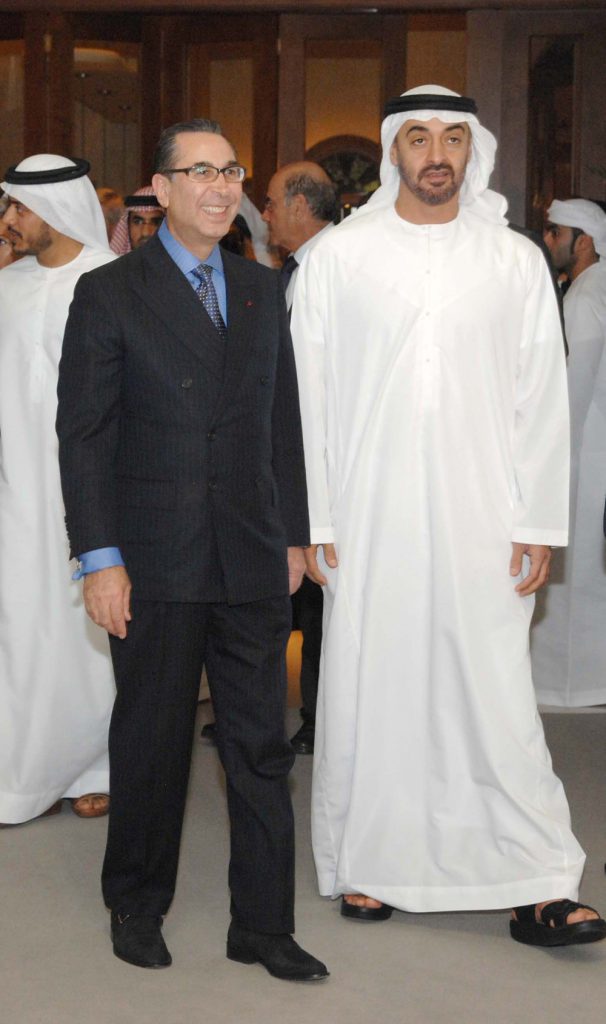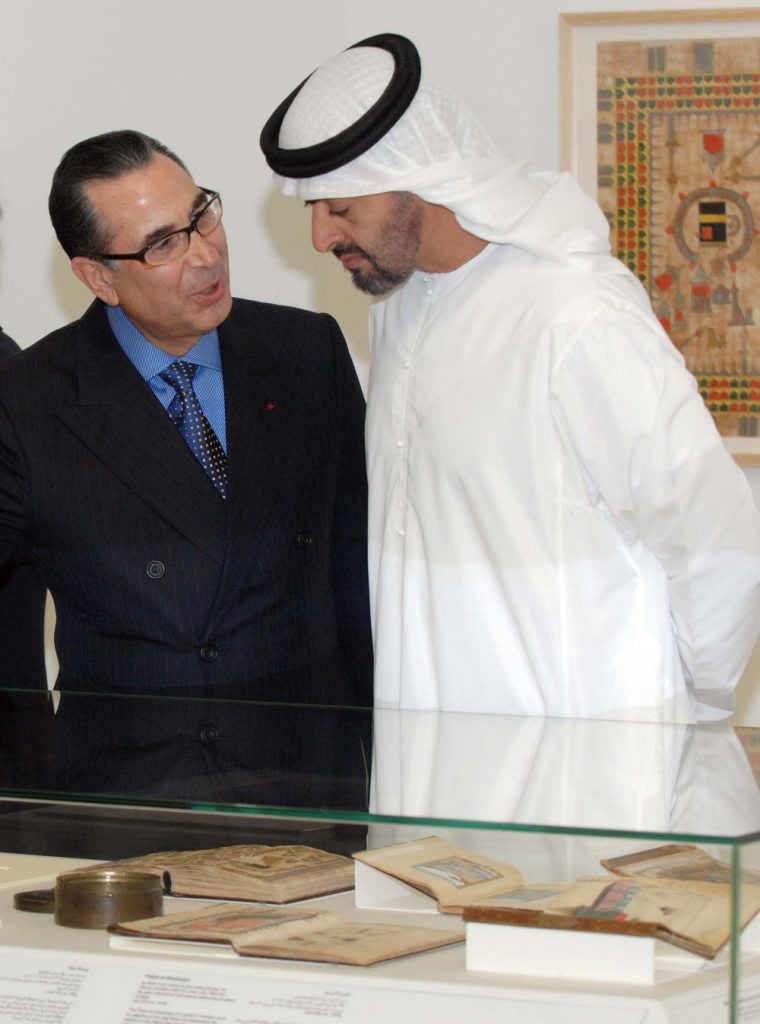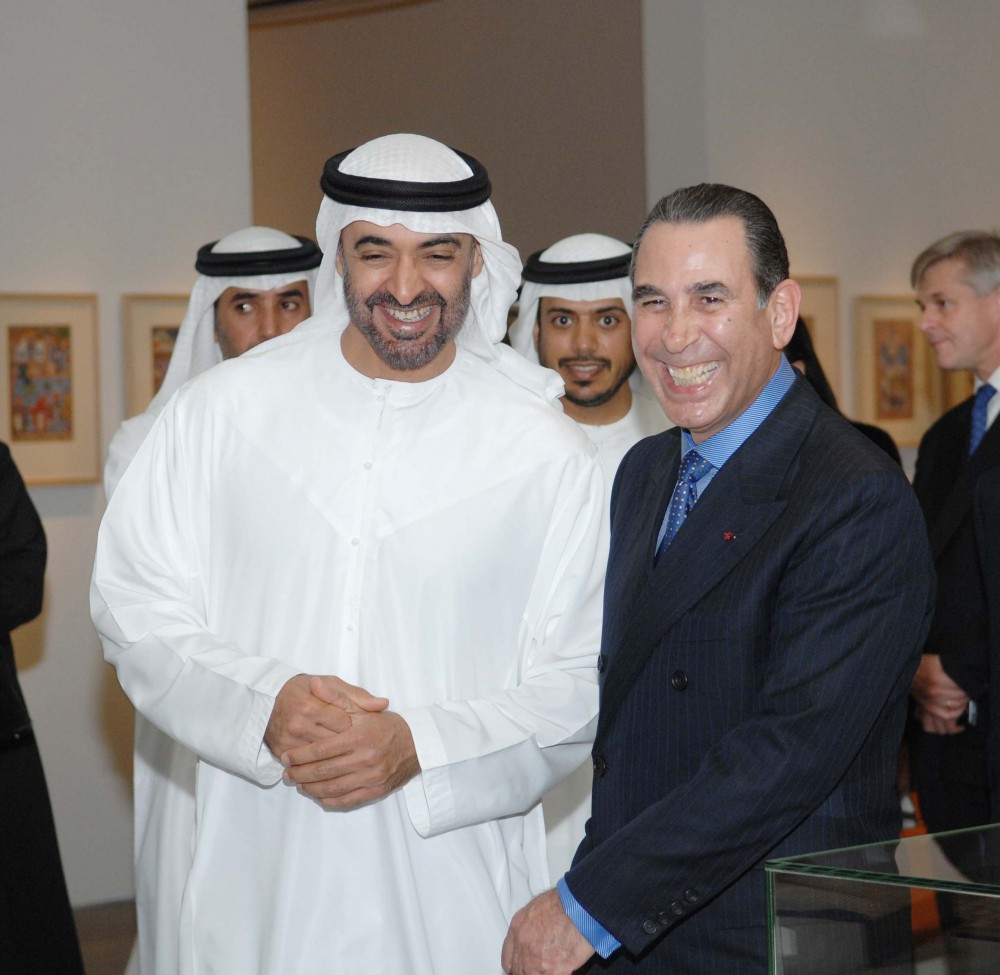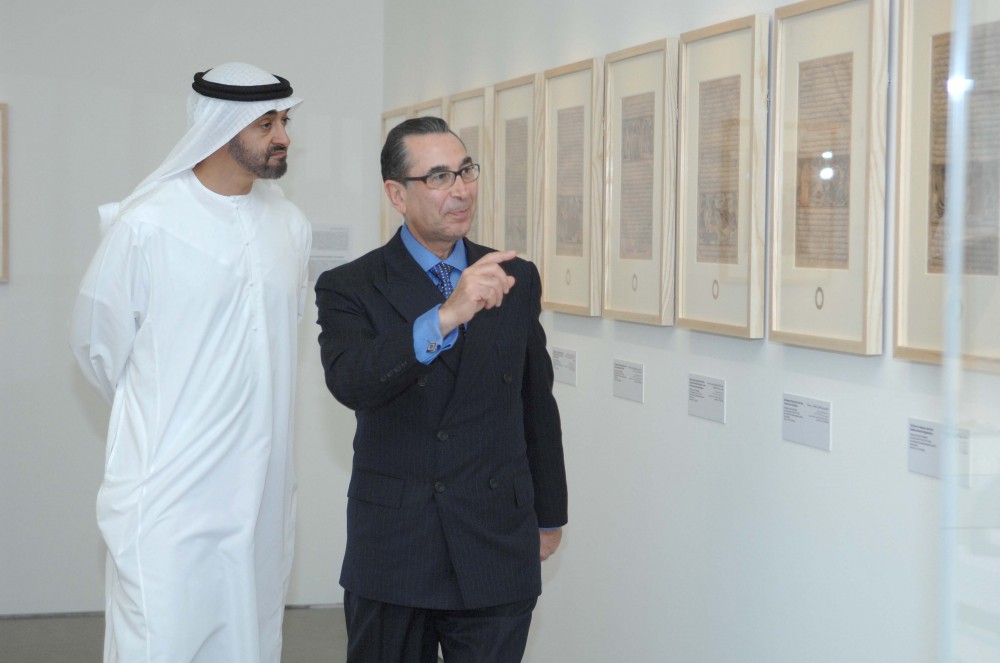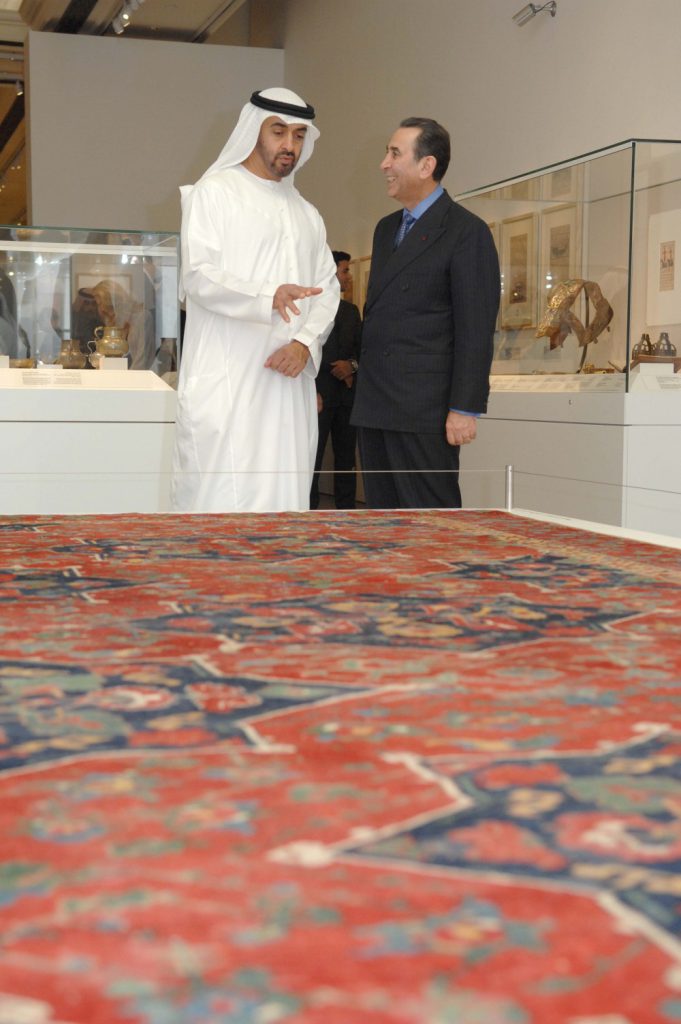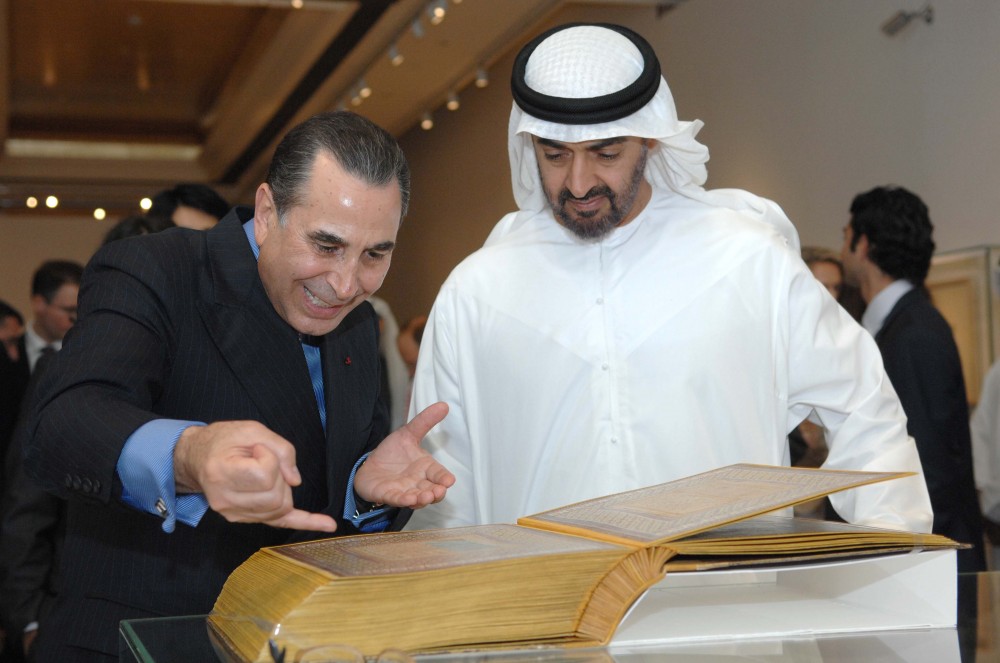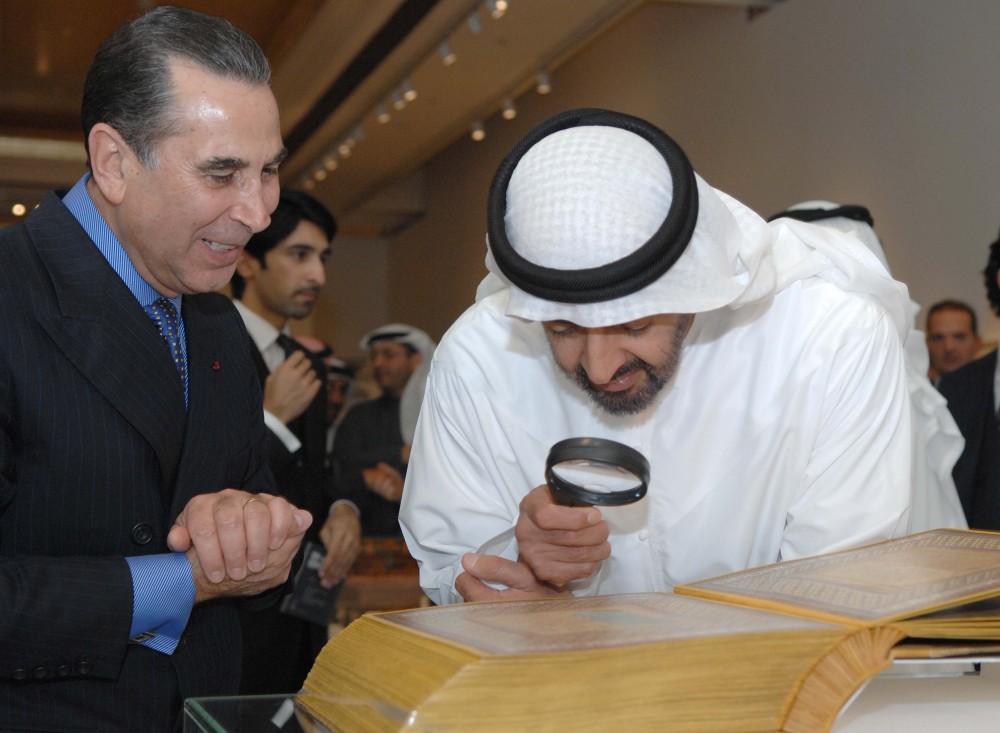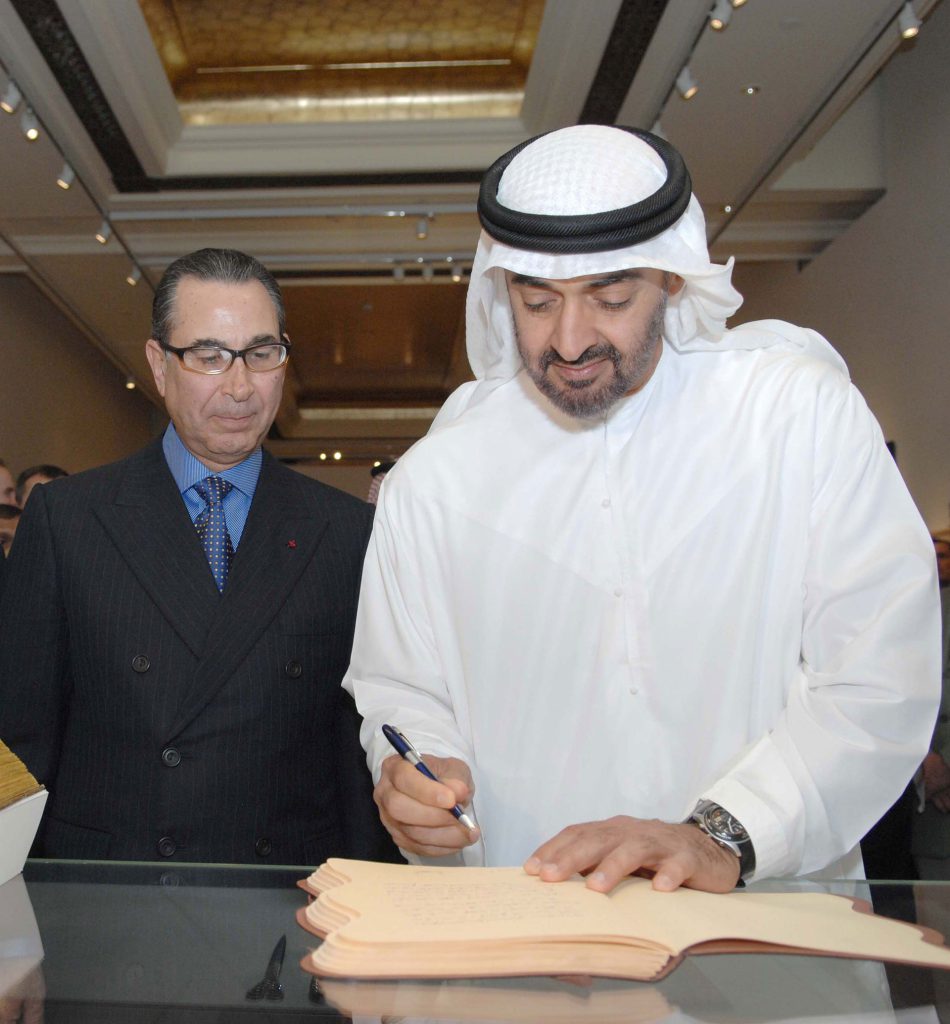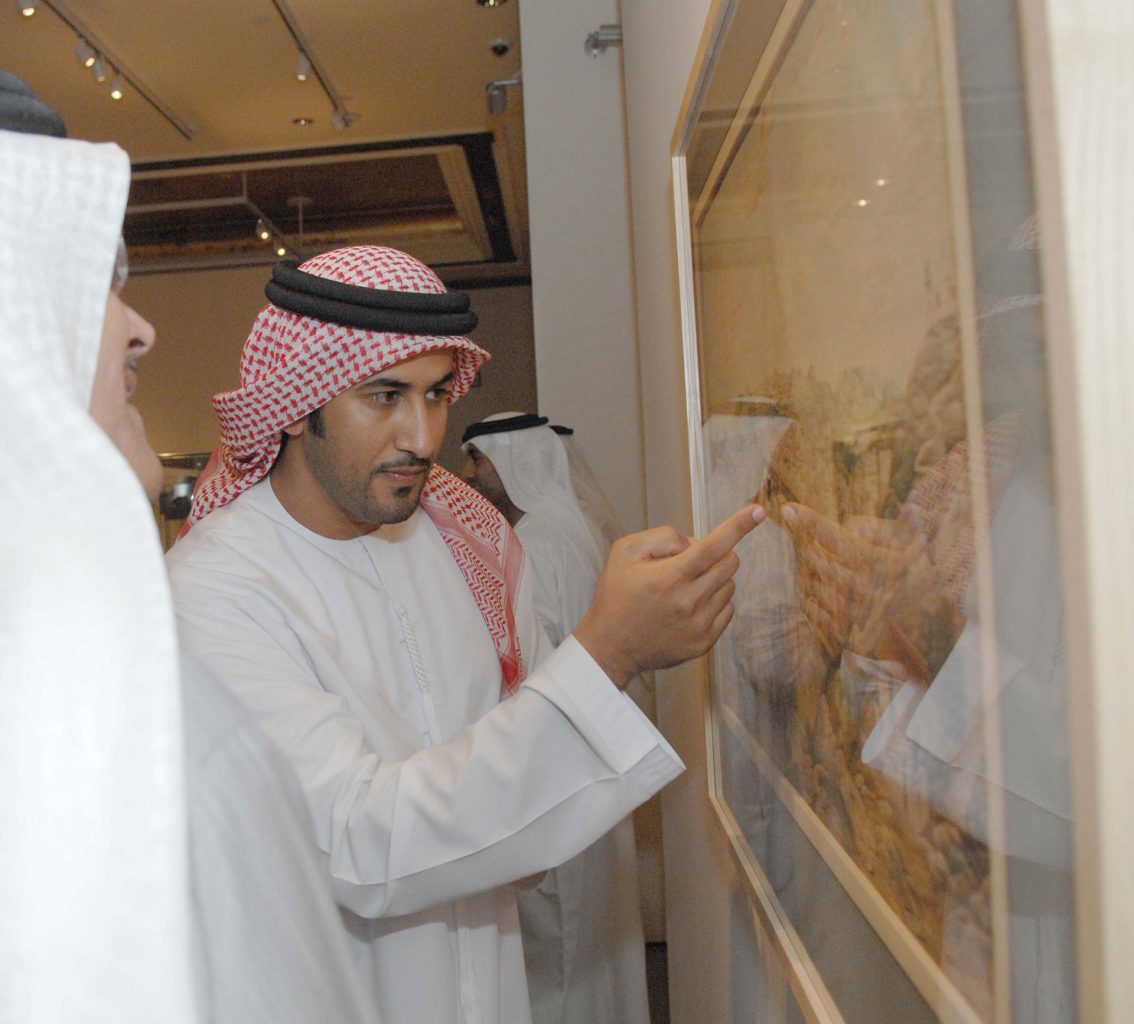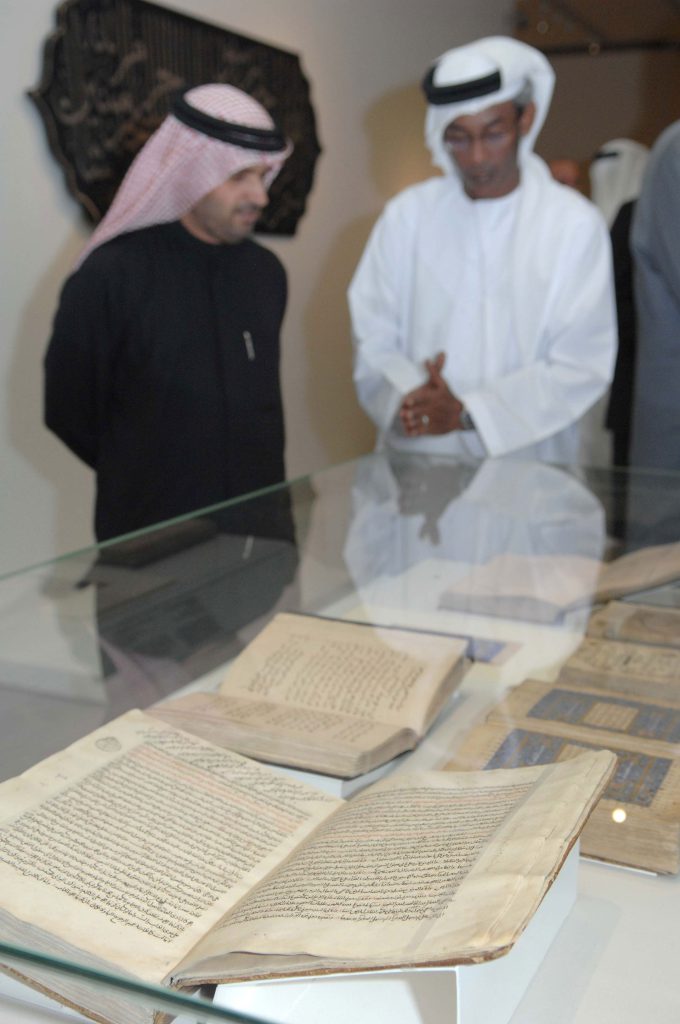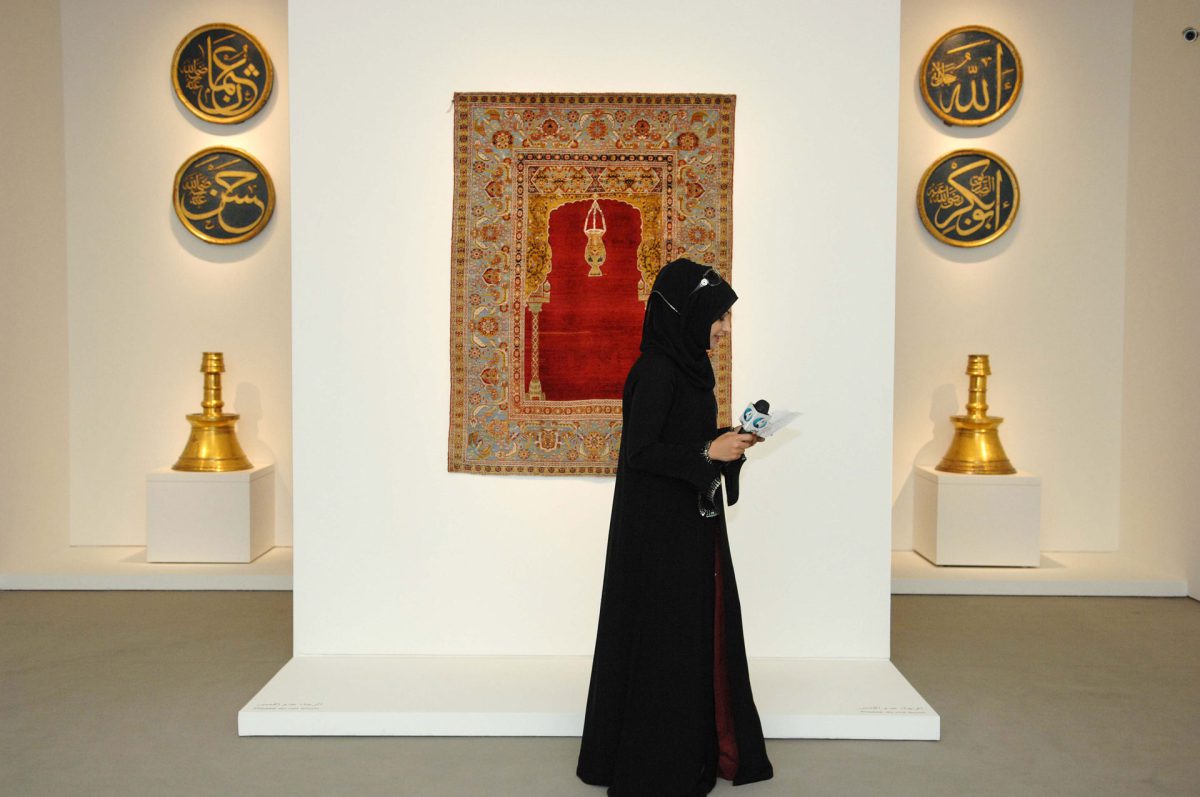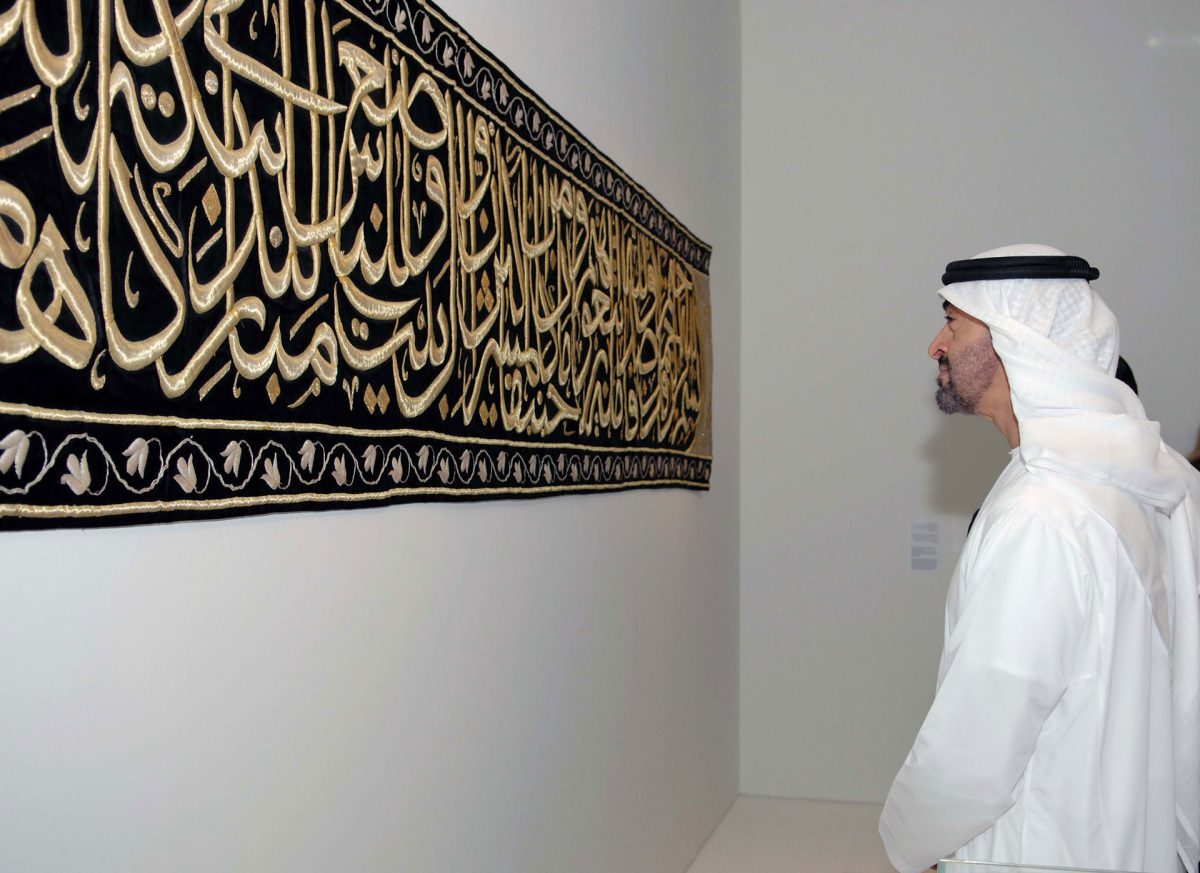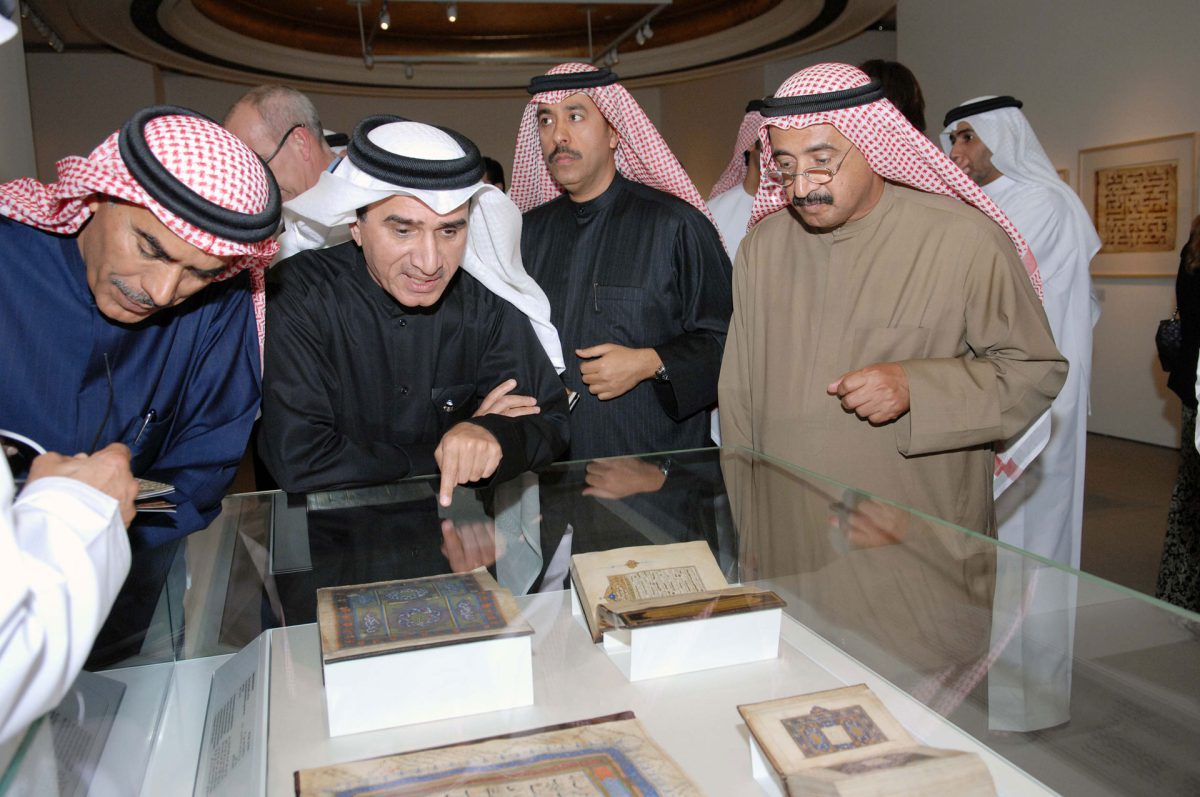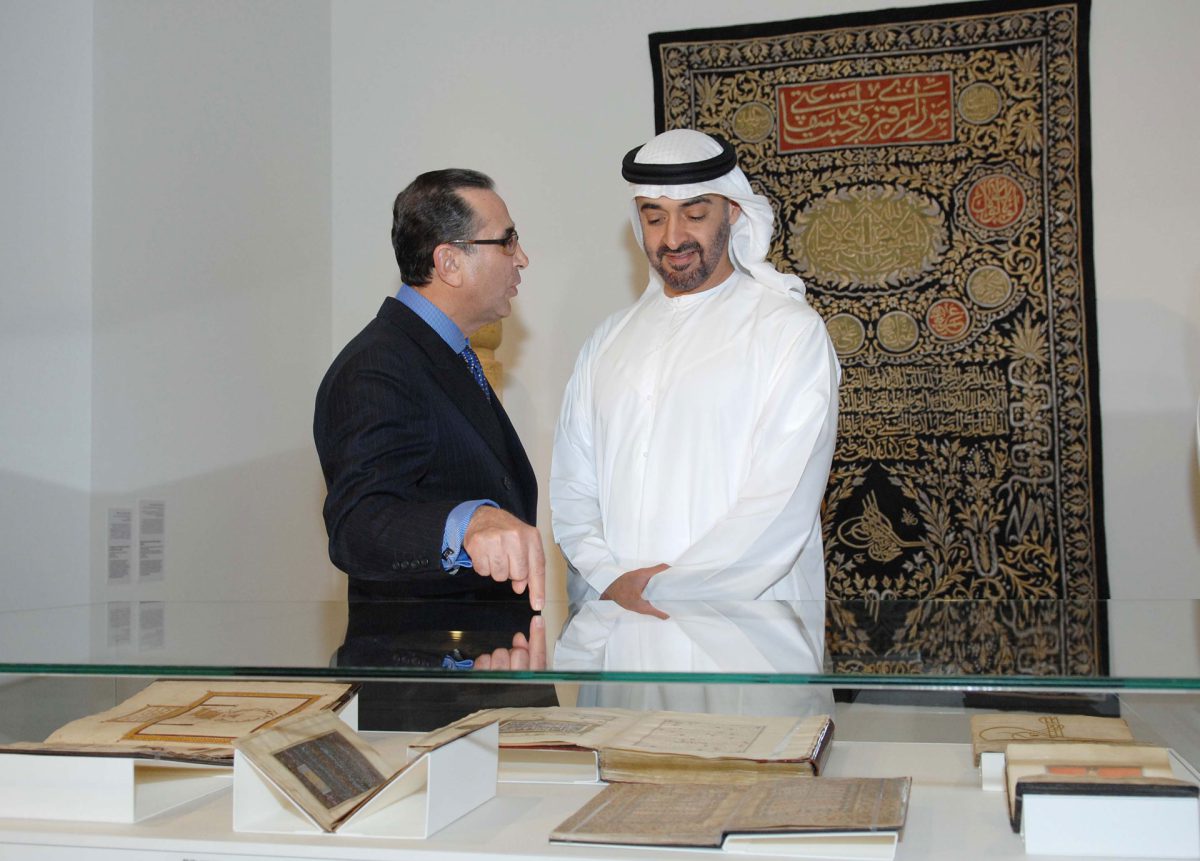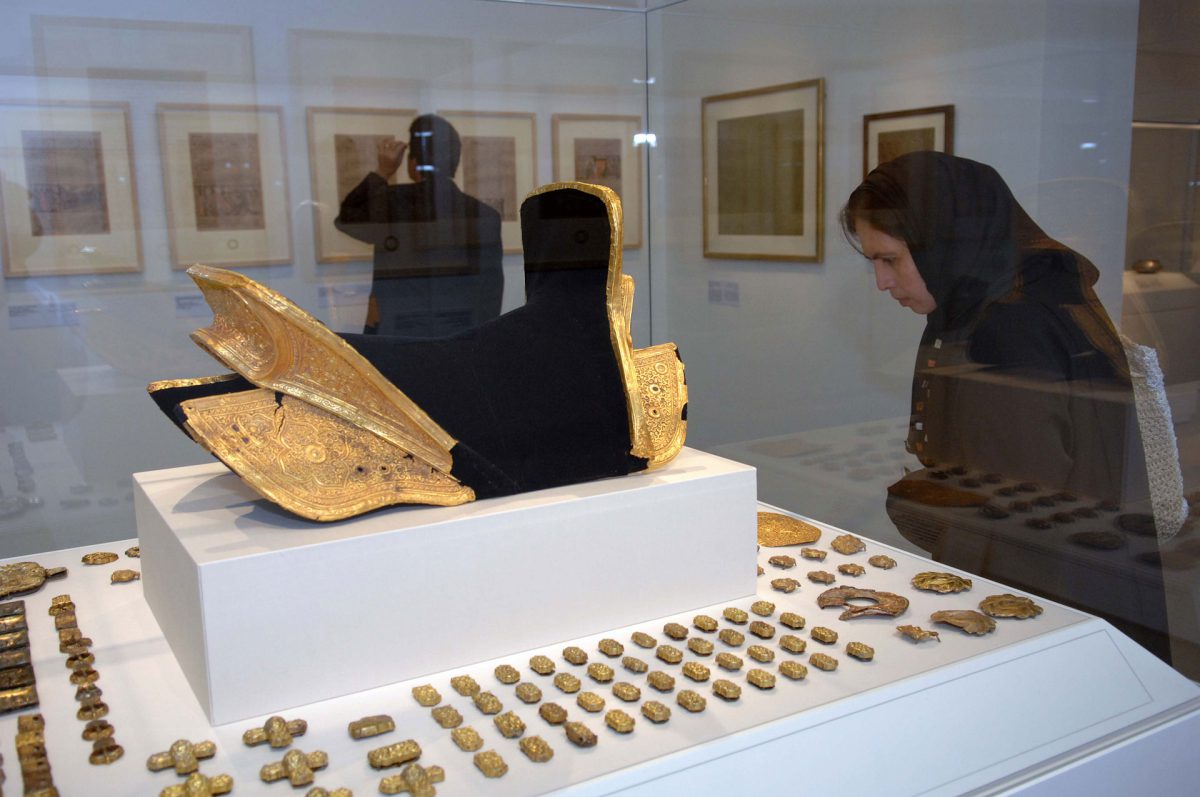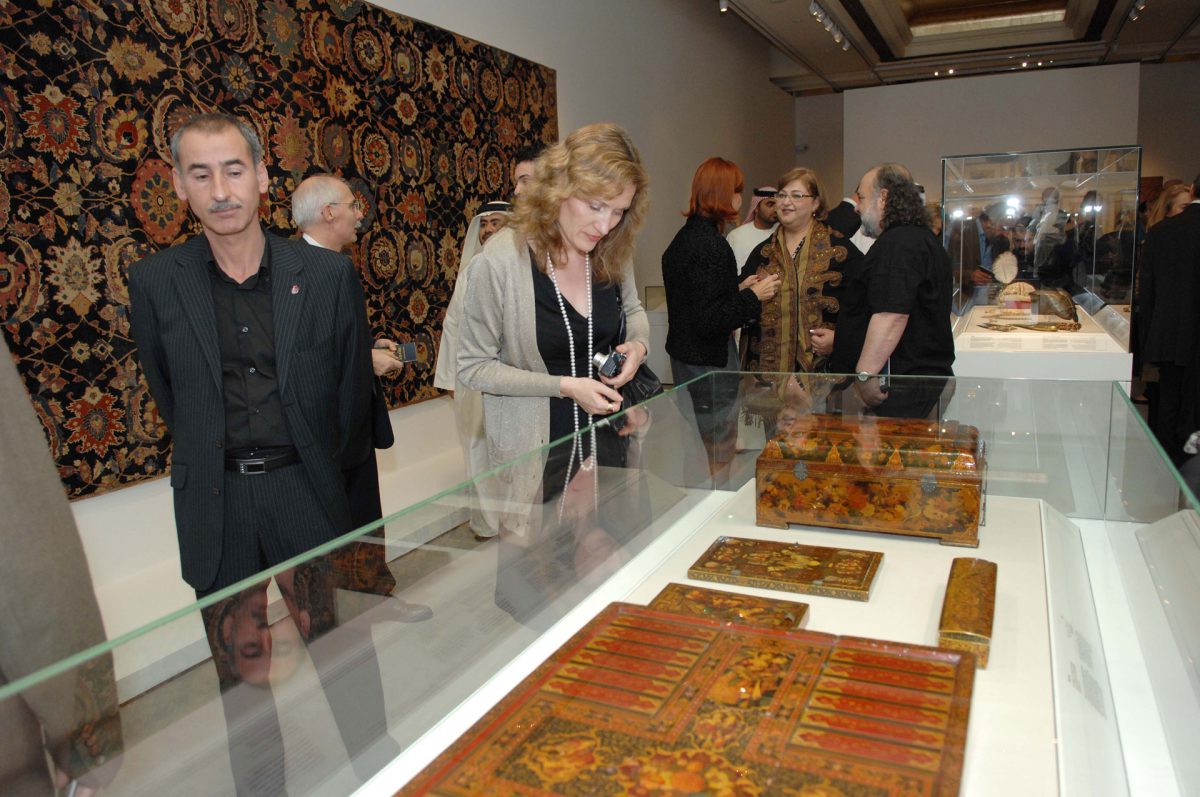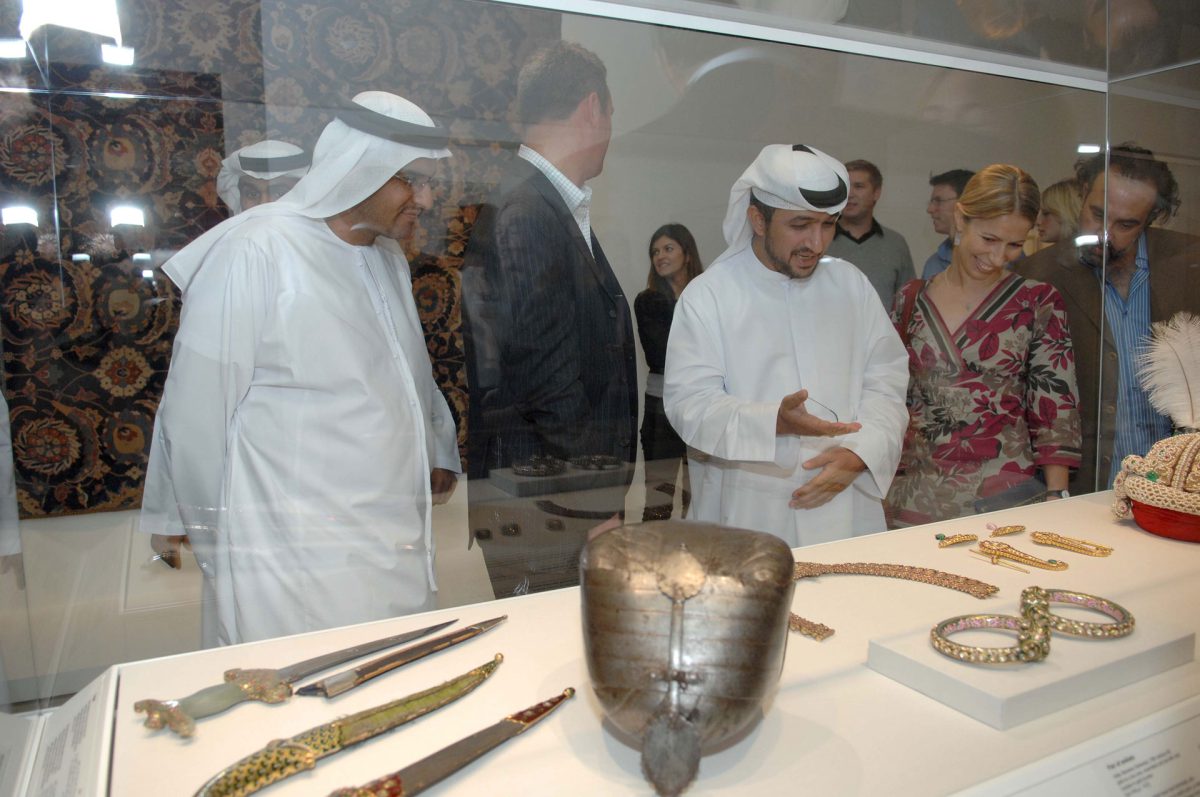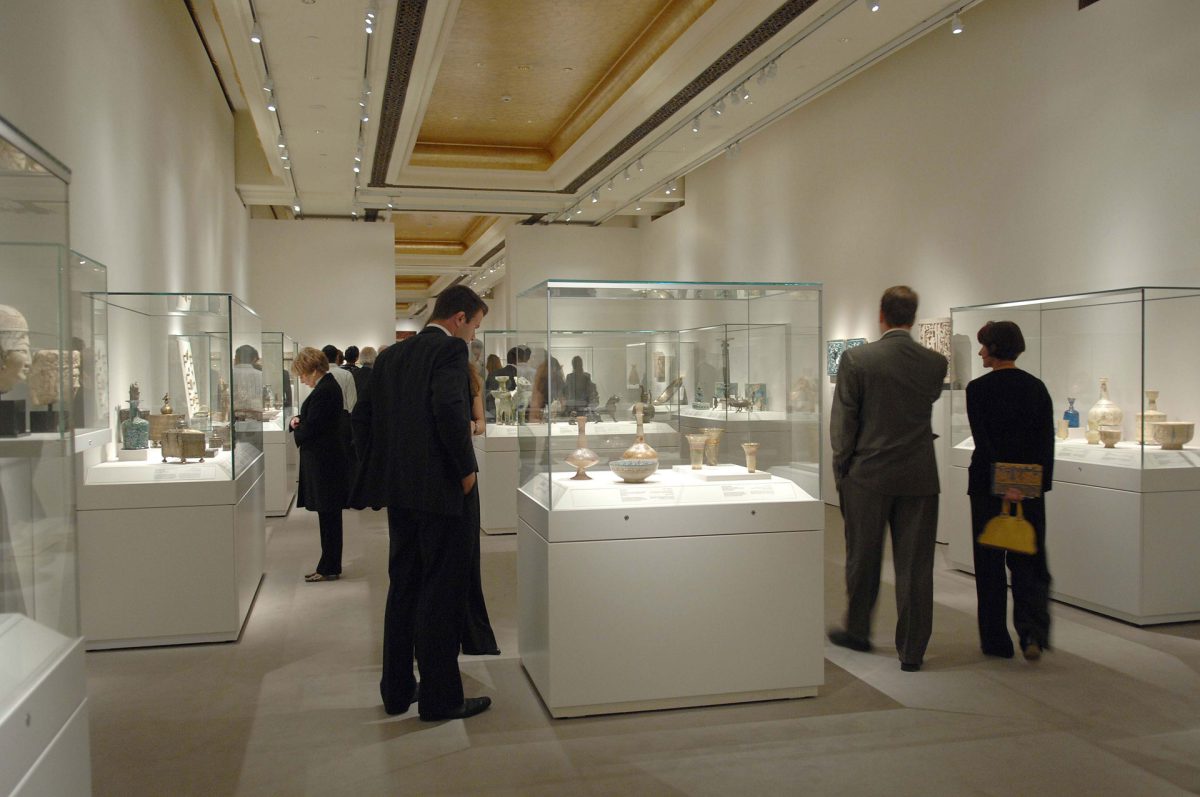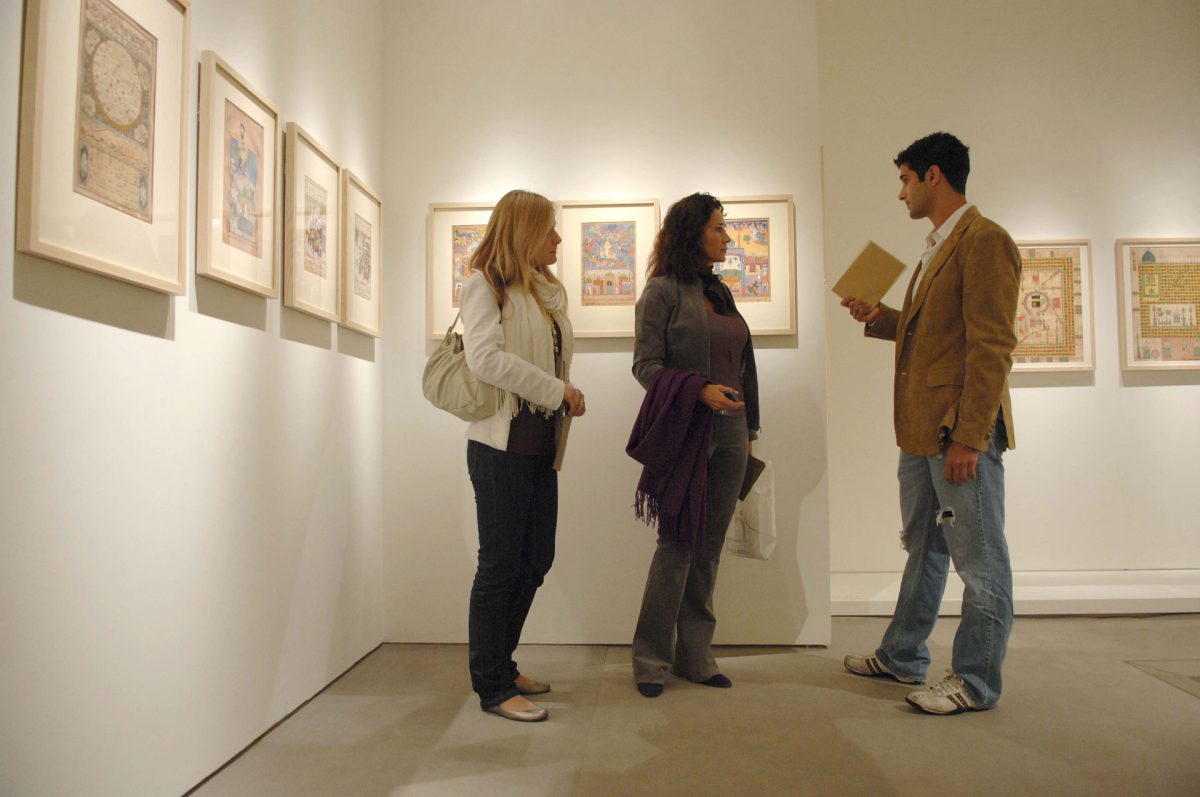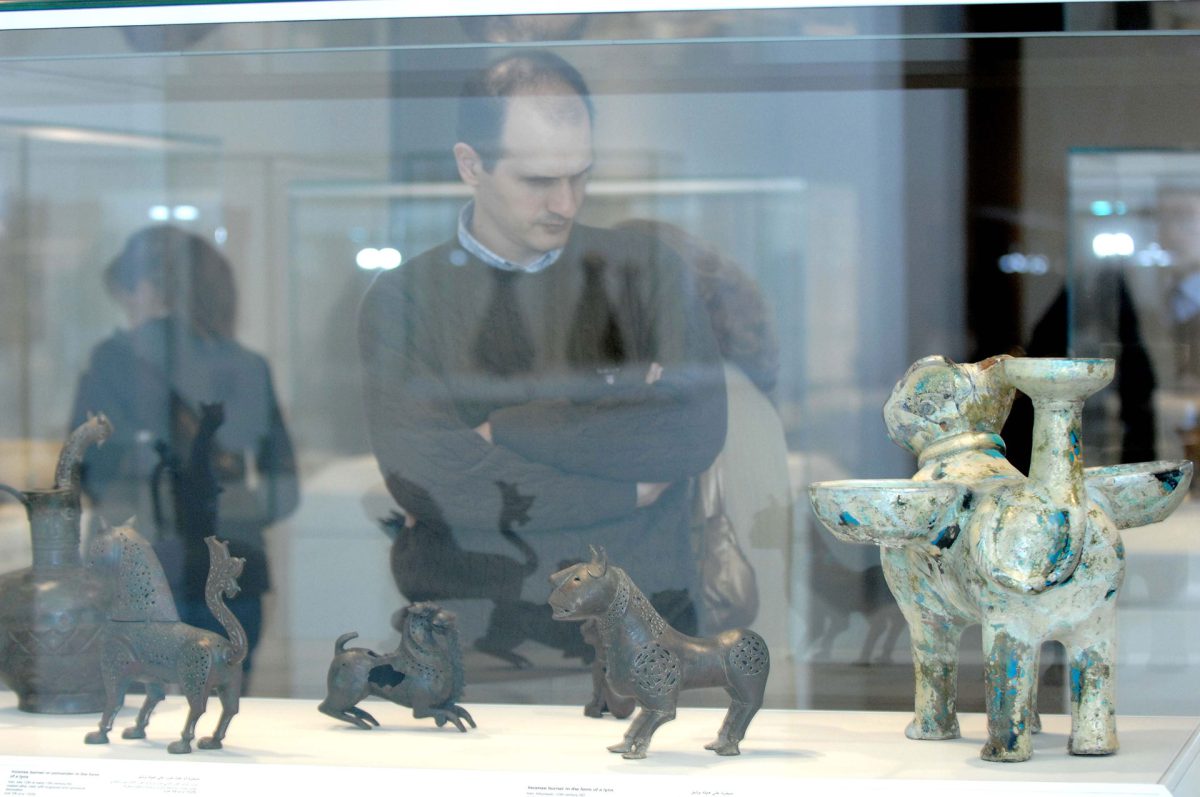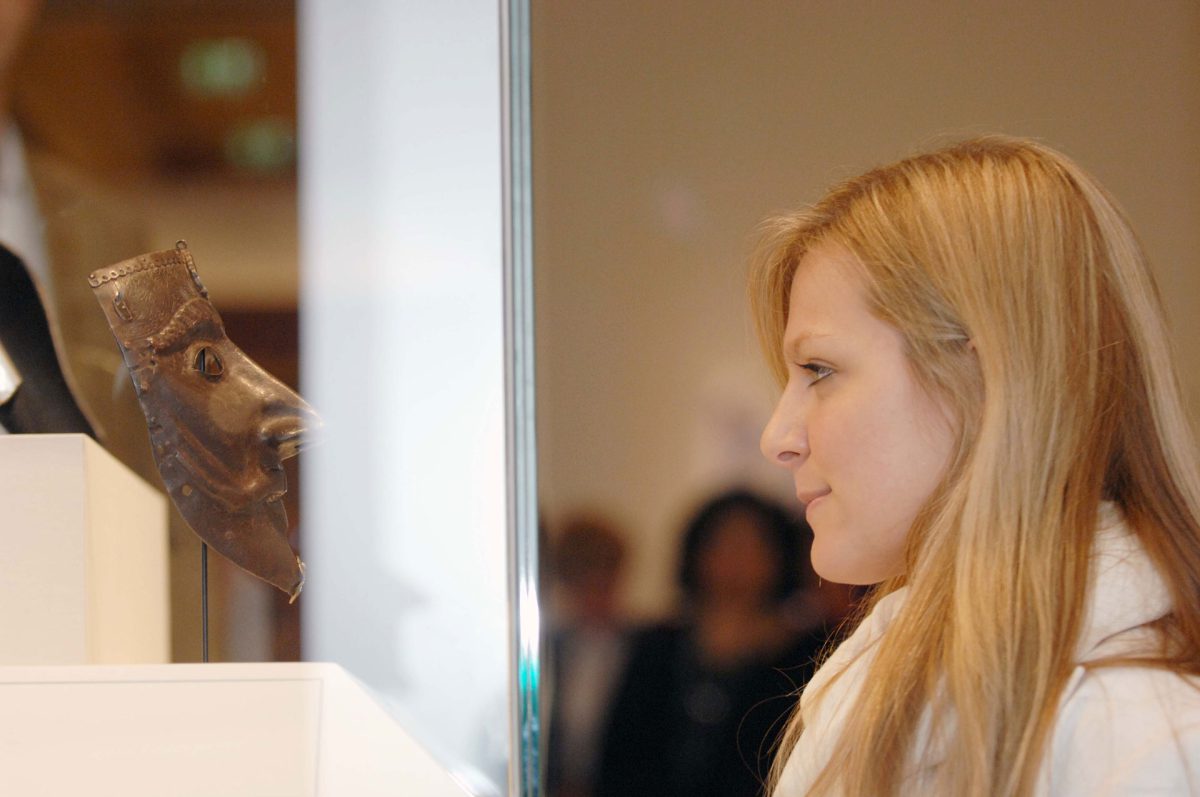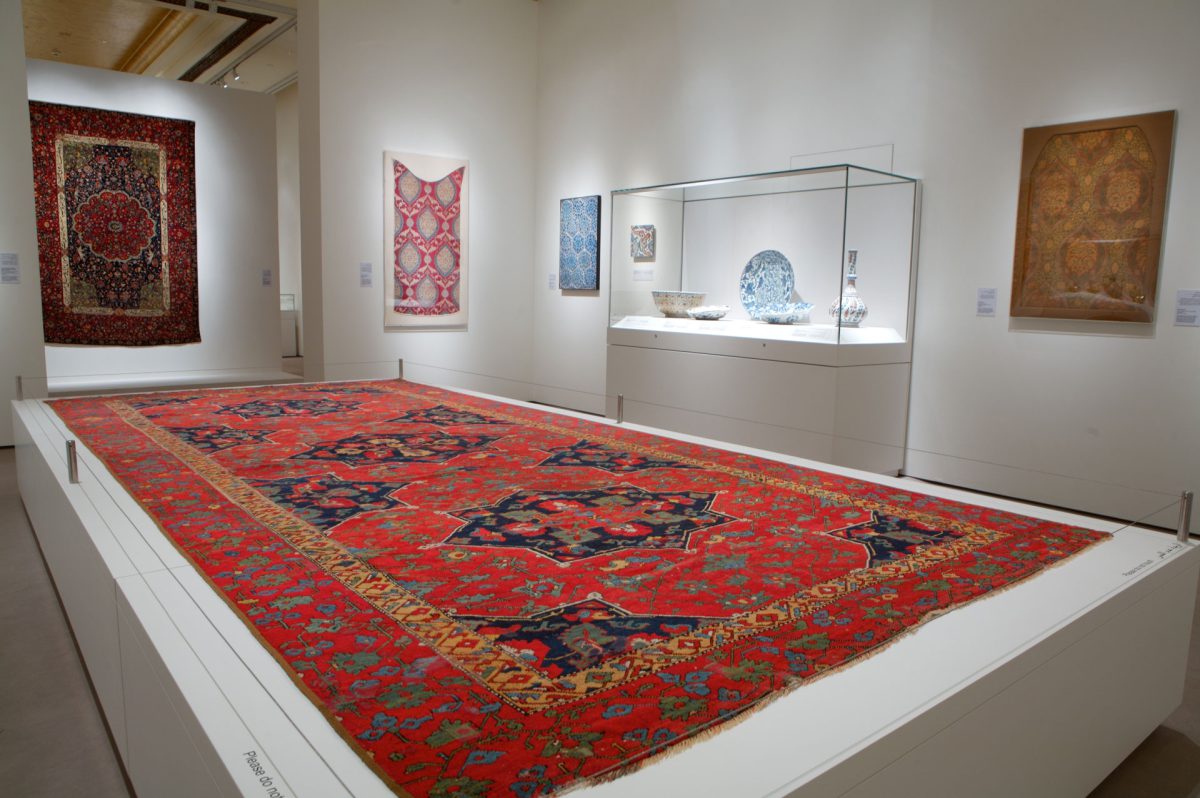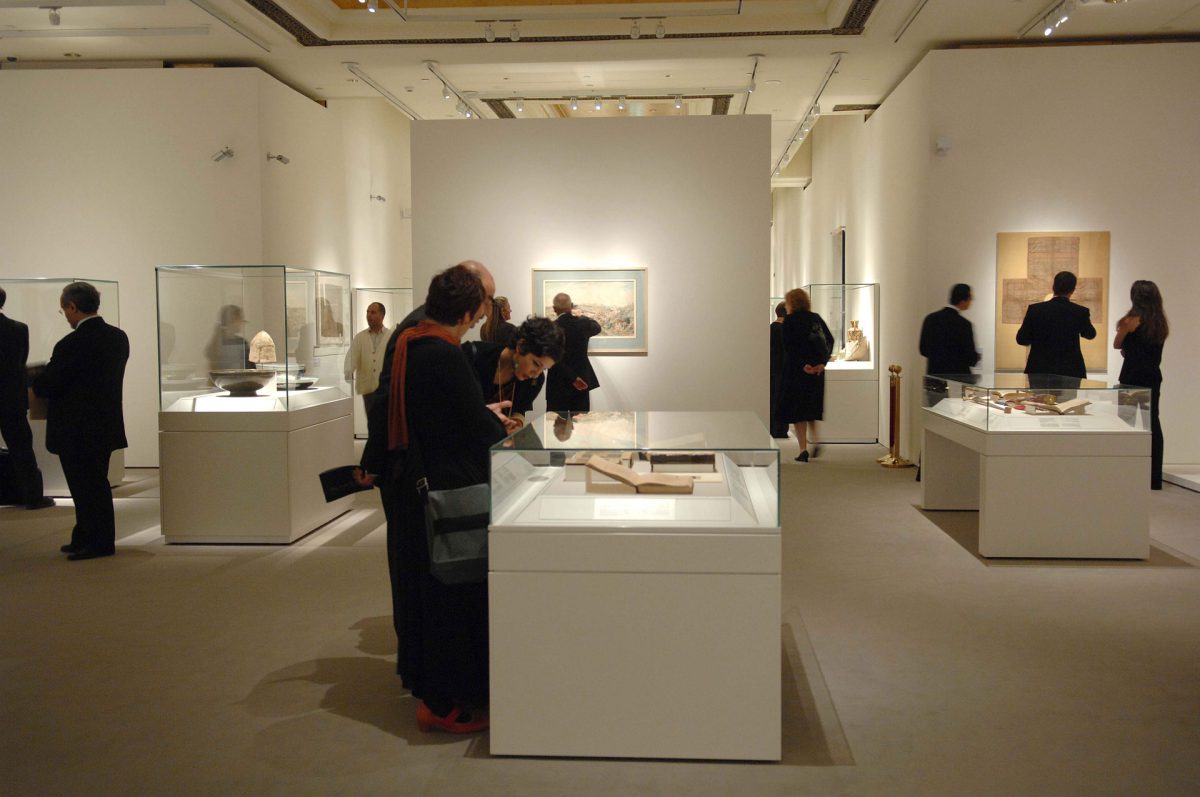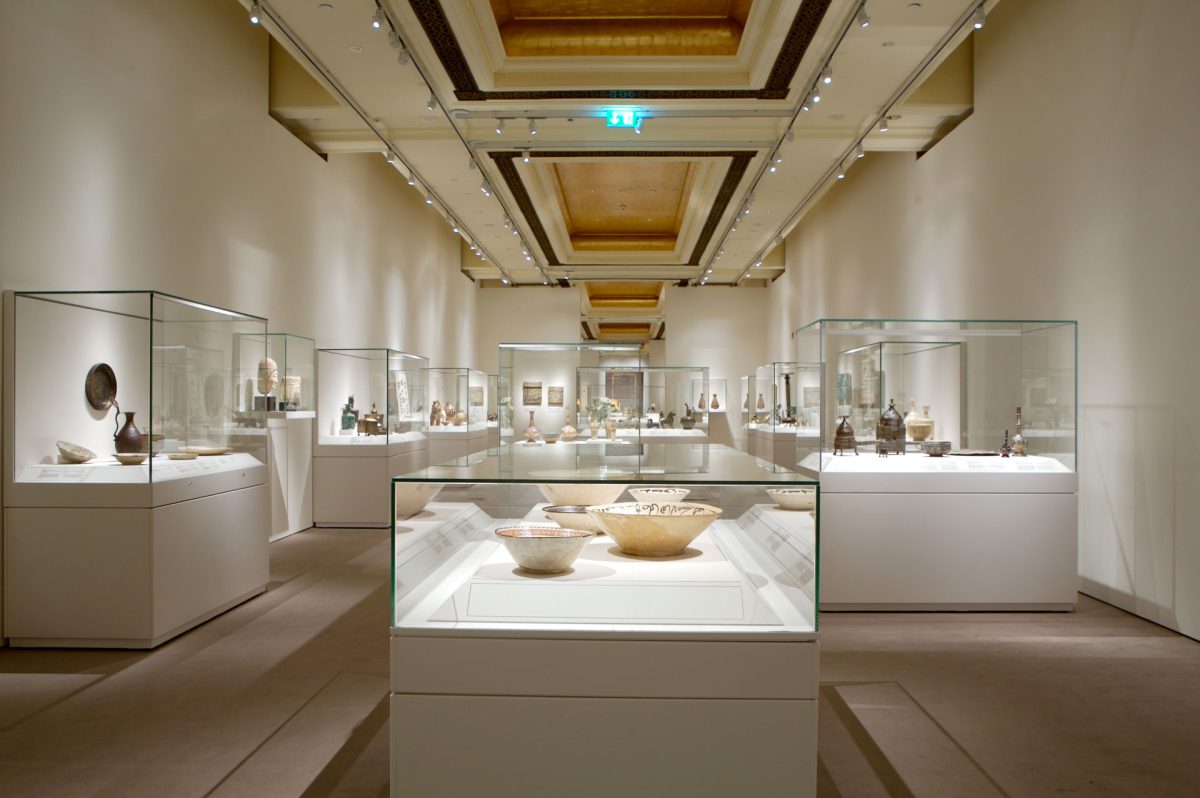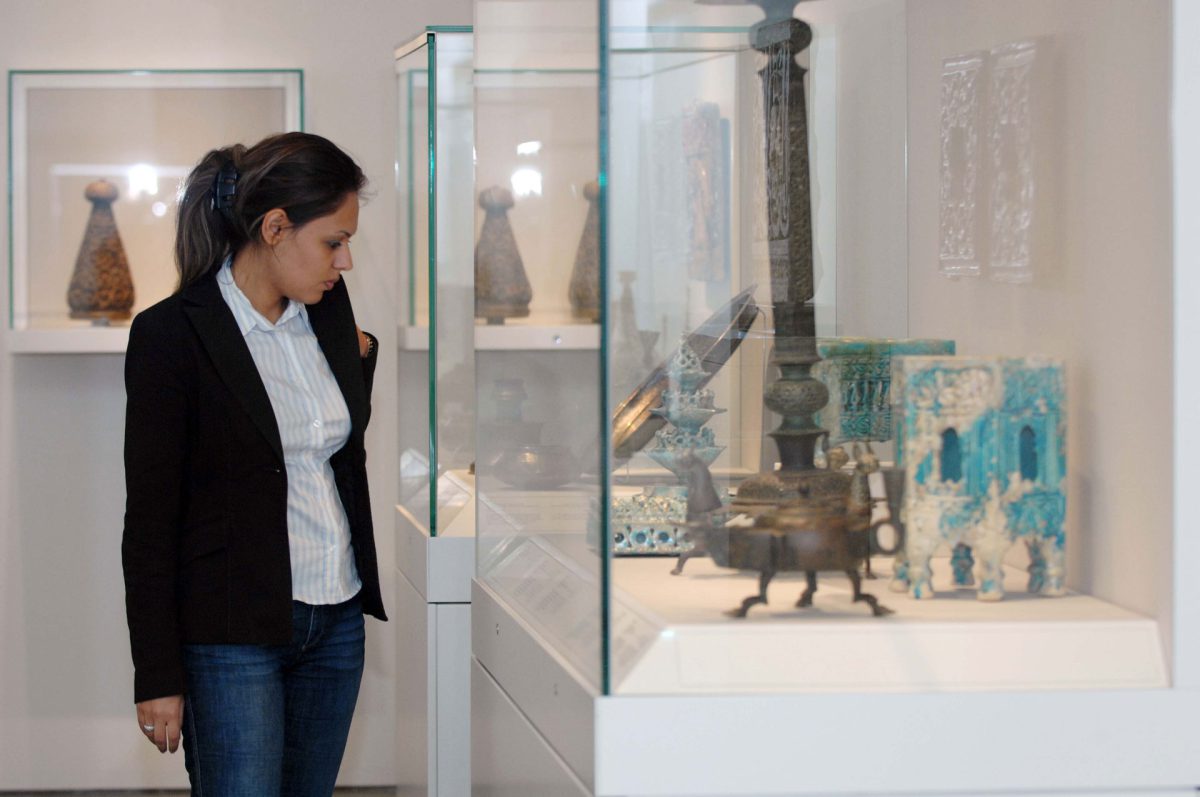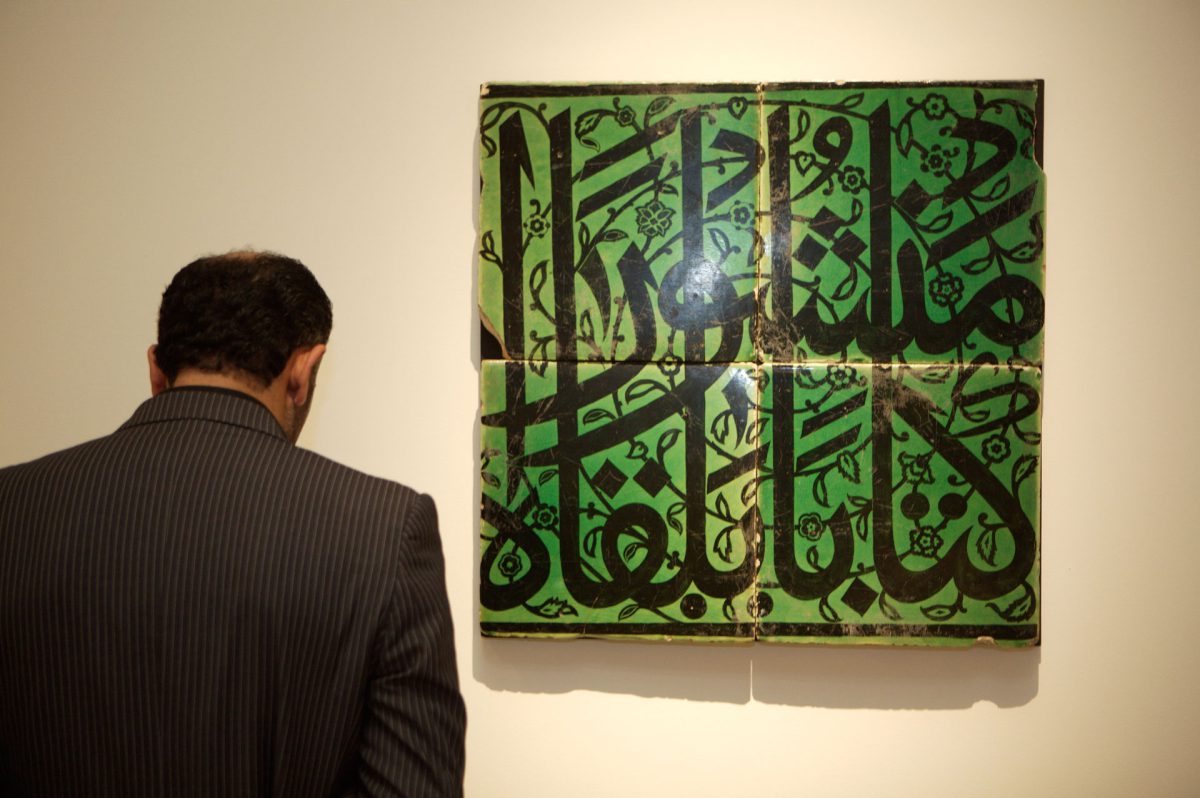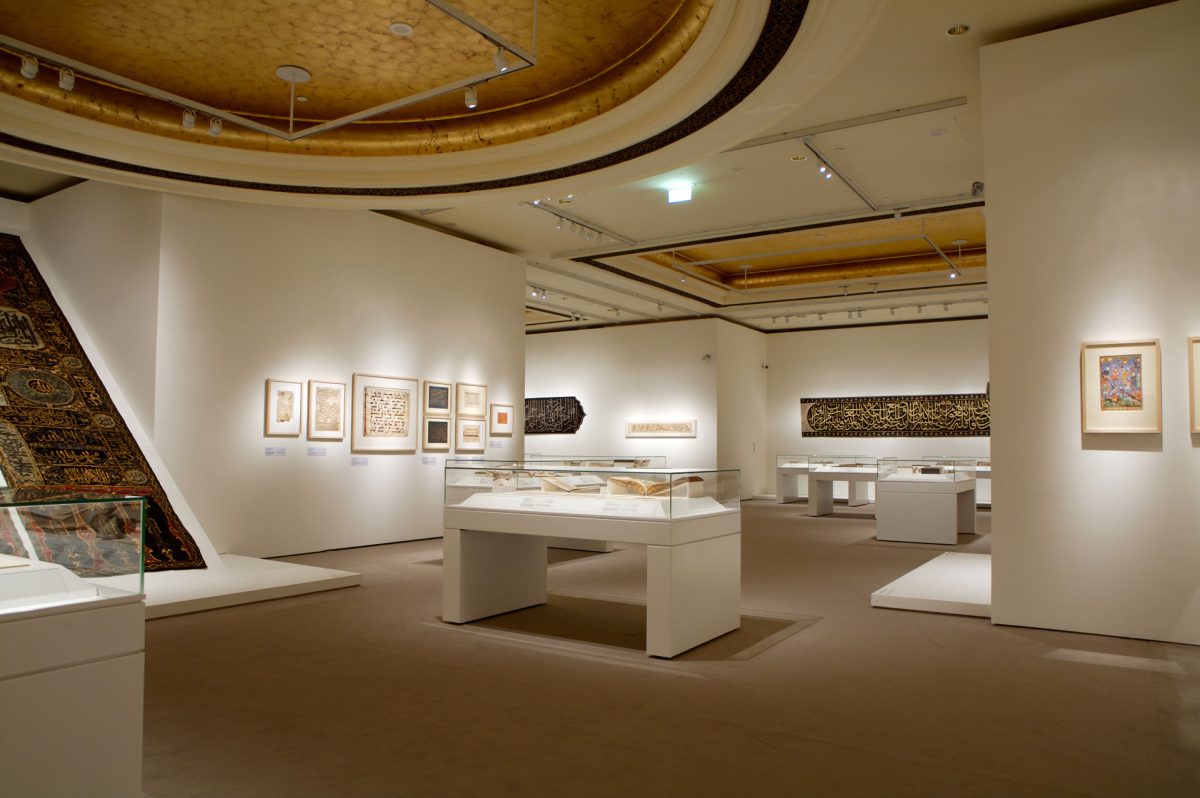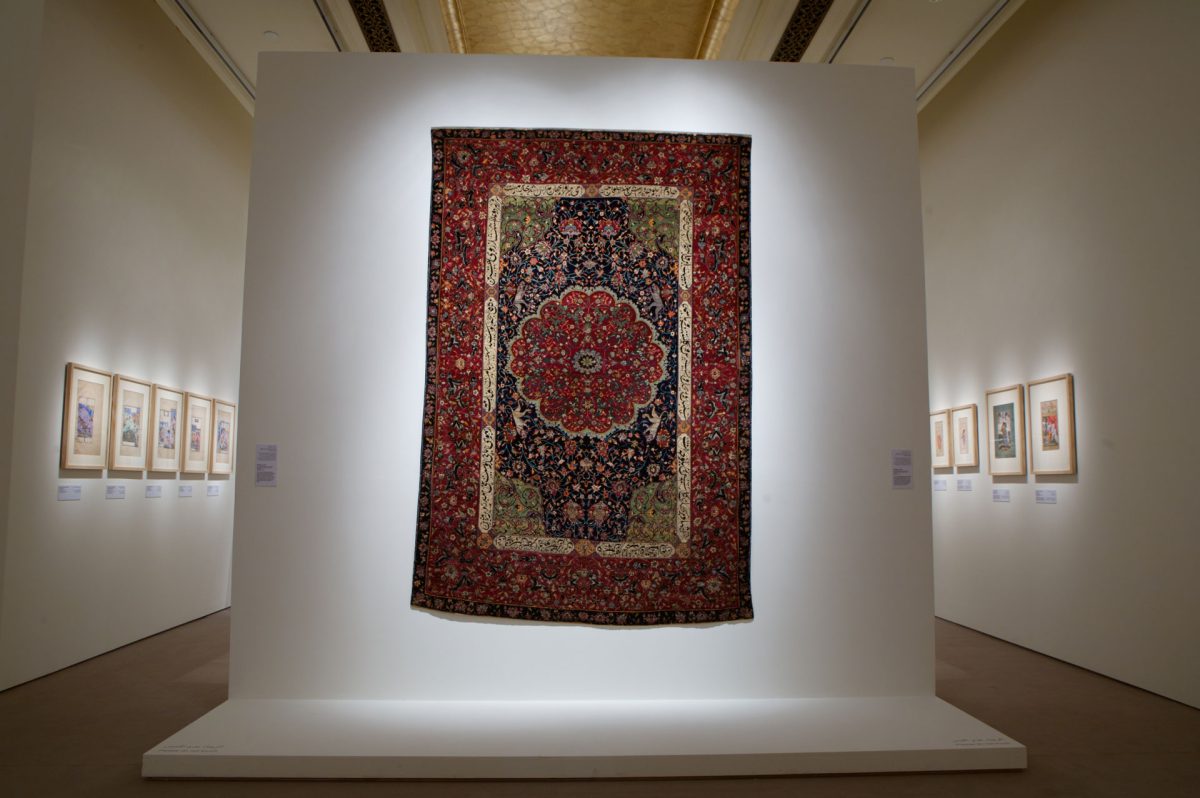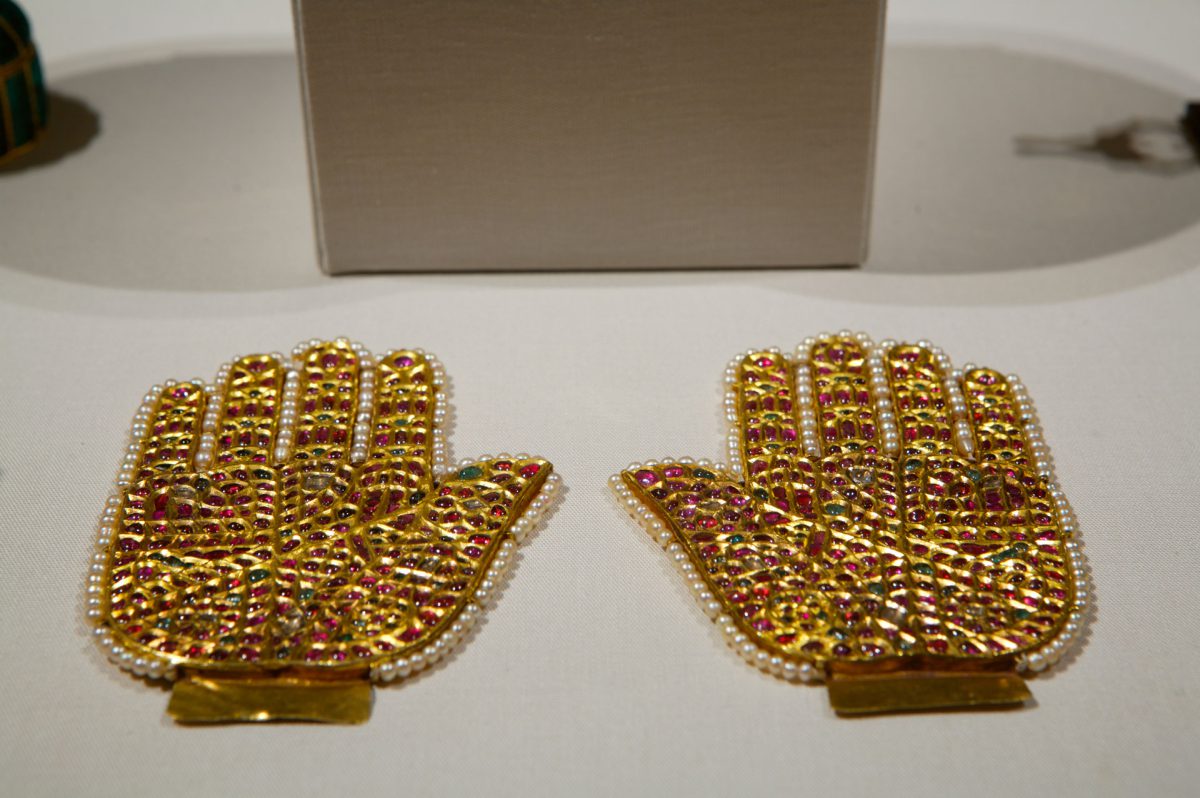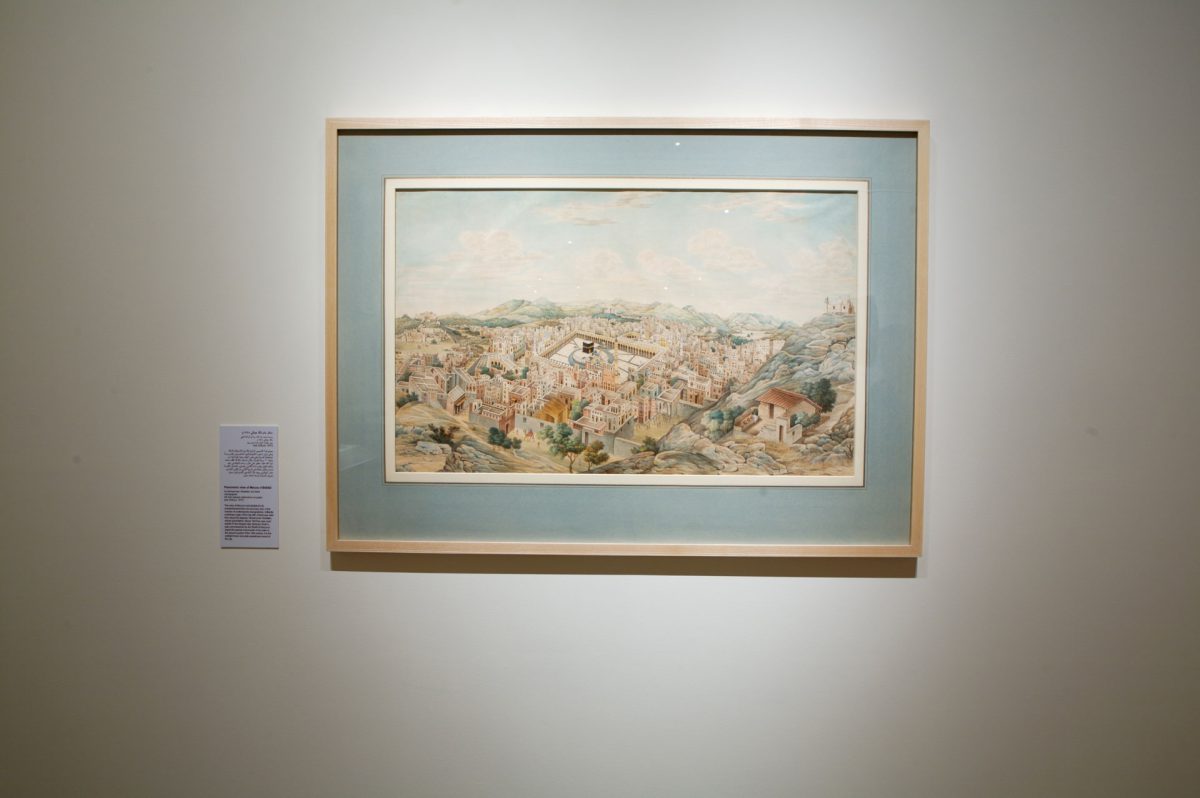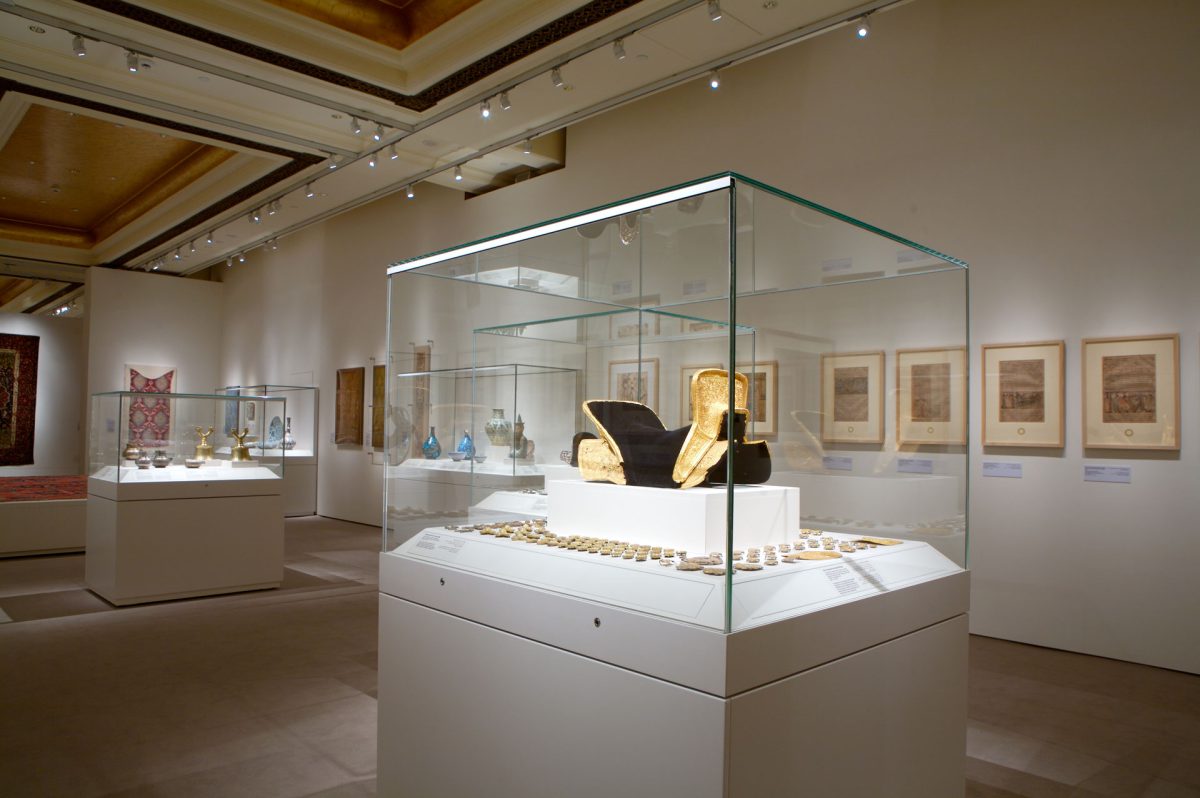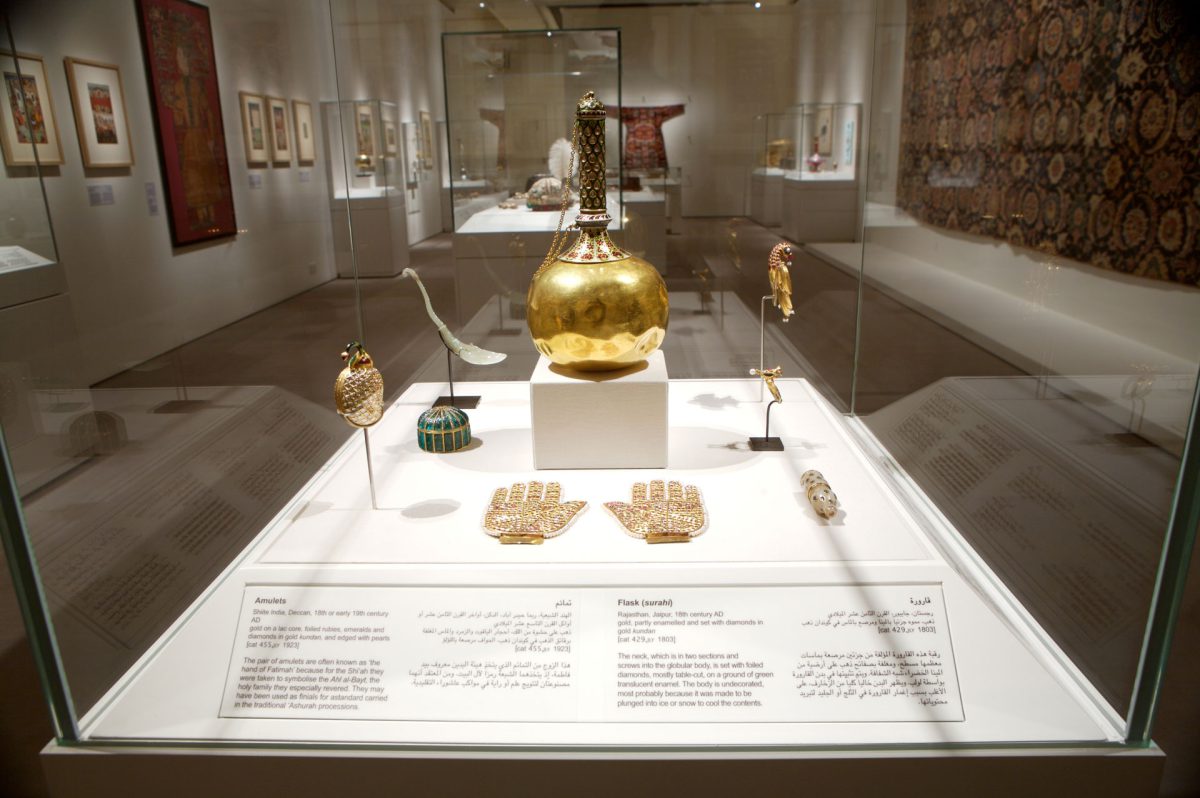


exhibition organized by Tourism Development & Investment Company (TDIC)| the asset development arm of the Abu Dhabi Tourism Authority
Under the patronage of His Highness Sheikh Mohammed Bin Zayed Al Nahyan| Crown Prince of Abu Dhabi and Deputy Supreme Commander of the UAE Armed Forces
It was appropriate that the first Middle East showing of this exhibition should be in Abu Dhabi which is now internationally recognised as a strong proponent of the arts. The exhibition attracted an audience not just from within the UAE| but from throughout the region and beyond. When announcing the exhibition| HE Sheikh Sultan Bin Tahnoon Al Nahyan| Chairman of ADTA and TDIC said| ‘This is an exhibition of international acclaim and its staging is in line with our ambition of establishing the UAE capital as a global cultural hub.’
The exhibition| which was designed by Colin Morris of Morris Associates| London| was divided into two main sections: the religious and the secular. Whereas the first explored art made to honour the Majesty of God and his Word| the Holy Qur’an| and to meet the requirements of the religion| the latter presented the arts made to serve the needs of the sovereign and the ruling classes. The display followed a broadly chronological path within each section| with objects from the various regions of the Islamic world displayed side by side| clearly demonstrating the unifying characteristics of Islamic art on the one hand and its distinctive regional variations on the other.
‘Art in the Service of Religion’ explored of the religious arts of Islam. The display| was centred on a magnificent 19th-century sitarah (curtain) for the door of the Ka‘bah and on a large and comprehensive selection of copies of the holy Qur’an| ranging in date from the 8th century until the late 19th and in provenance from China to Sicily. The themes in this section also included an introduction to Islam| pilgrimage and the two holy sanctuaries| objects inscribed with Qur’anic verses| mosque and tomb furniture| science in the service or religion| and learning.
Tradition asserted that at Mecca heaven was nearest to the earth| and a magnificently detailed panoramic view of the city painted around 1845 closed the religious display and introduced the second part of the exhibition| which was devoted to the secular arts.
Focusing on the remarkable capacity of Islamic art to constantly absorb new influences and adapt them to the needs and requirements of the religion| the display of ‘Court Art’ presented the decorative arts of Islam in a broadly chronological sequence. The development of the Islamic style through the centuries and its artistic and technical innovations unfold in a series of thematic displays with subtle transitions. Starting with the early Islamic period| the display guided the visitor through the rise and fall of the Abbasid caliphate in Baghdad; the rise of the Seljuks; the Mongol invasions; the rise to power of the Mamluks| the Ilkhanids and the Timurids; and finally| the age of the Great empires| the Ottomans| the Safavids and the Mughals to the early 20th century| closing with a section reflecting the increased interaction with Europe.
A fully illustrated catalogue| published in Arabic and English editions| accompanied the exhibition| as well as a symposium| a series of lectures and other educational programmes. A computer-generated animated version of the exhibition presented an extremely realistic sense of walking through the exhibition.
